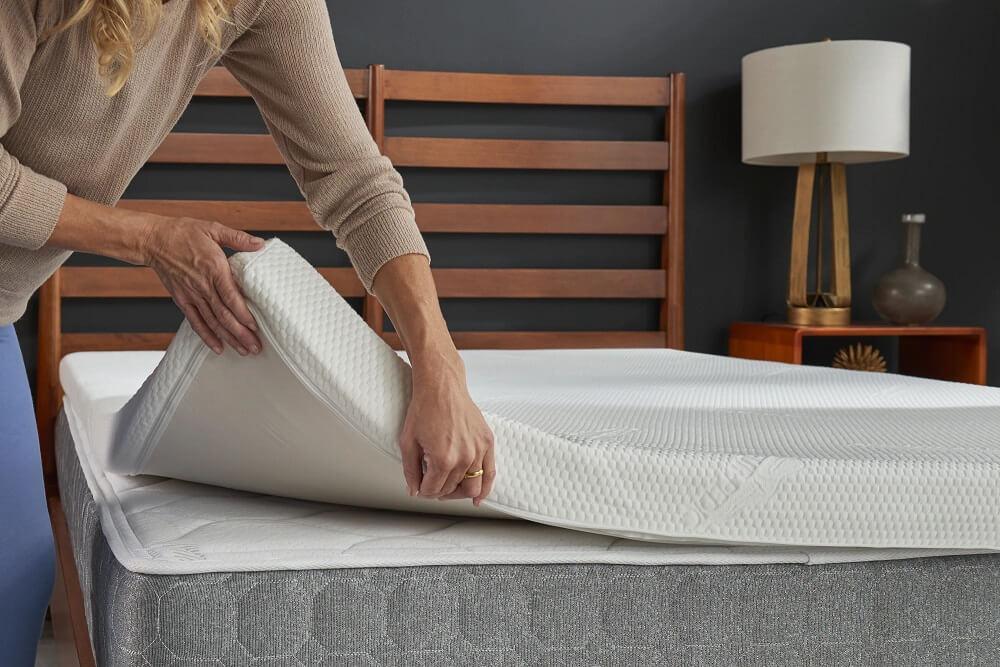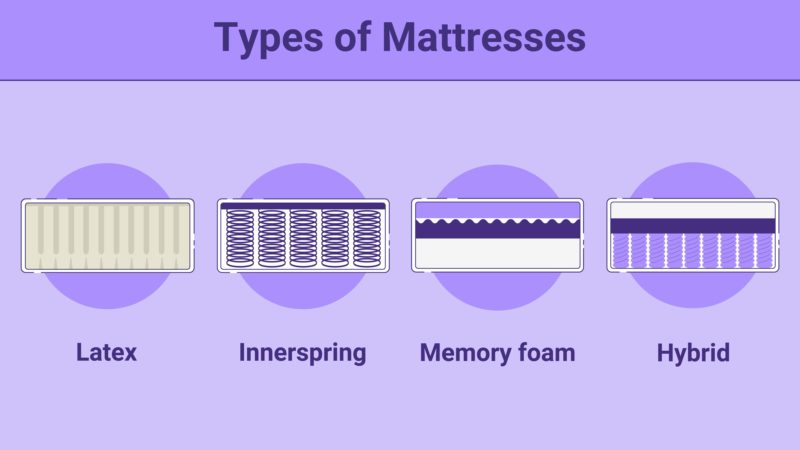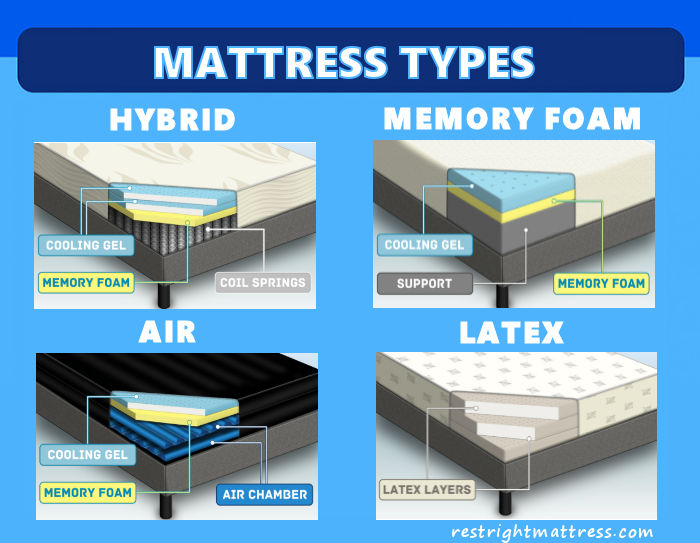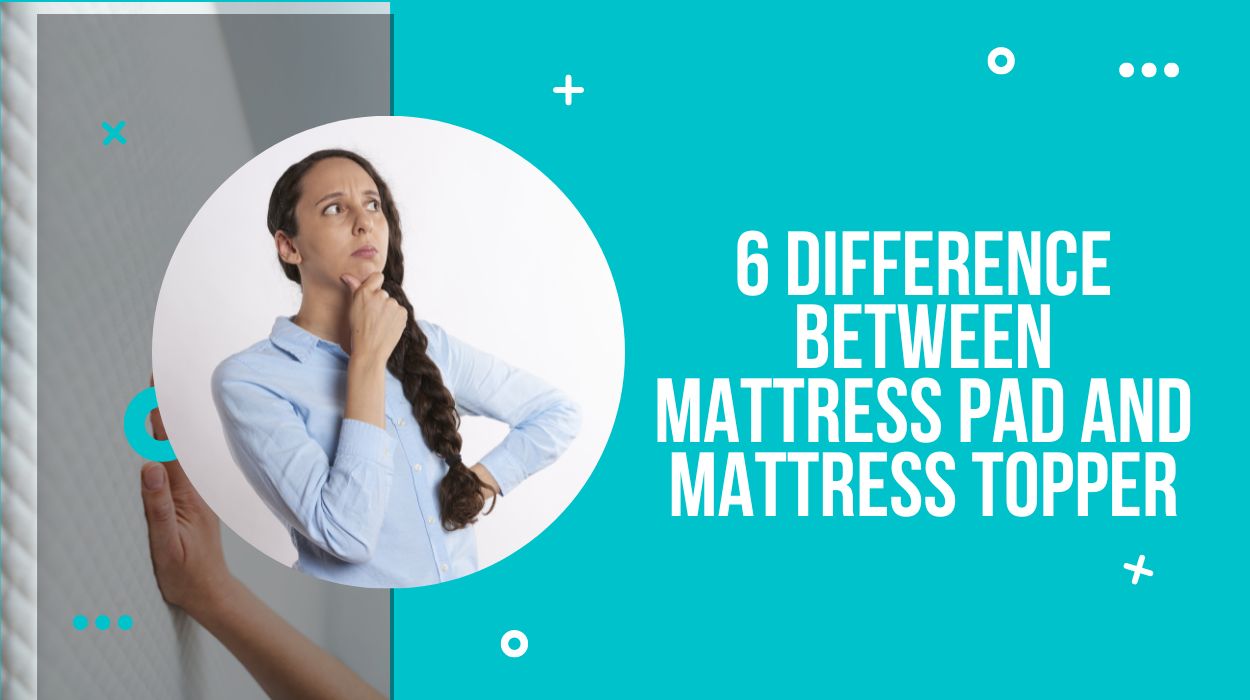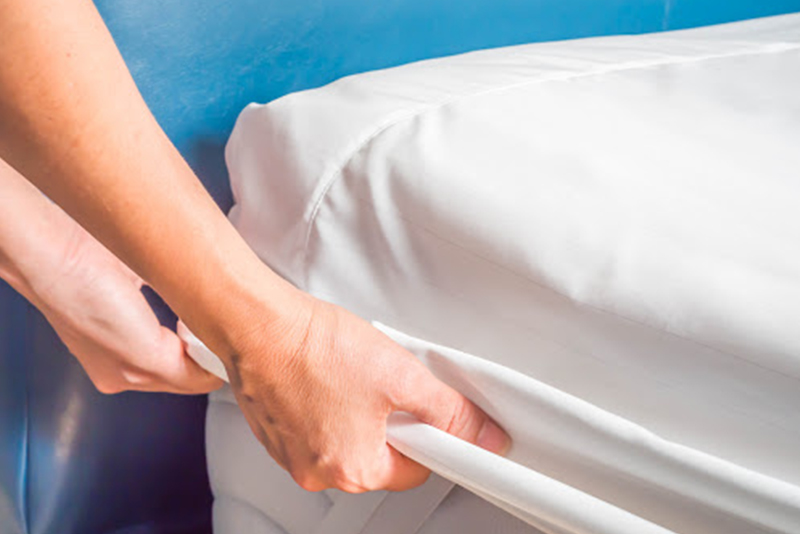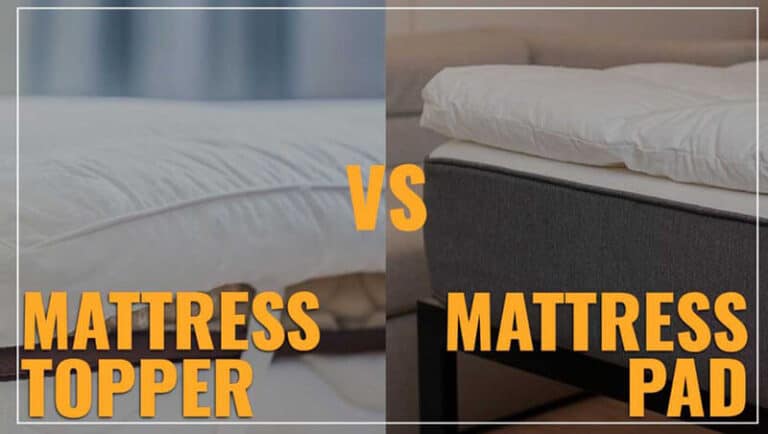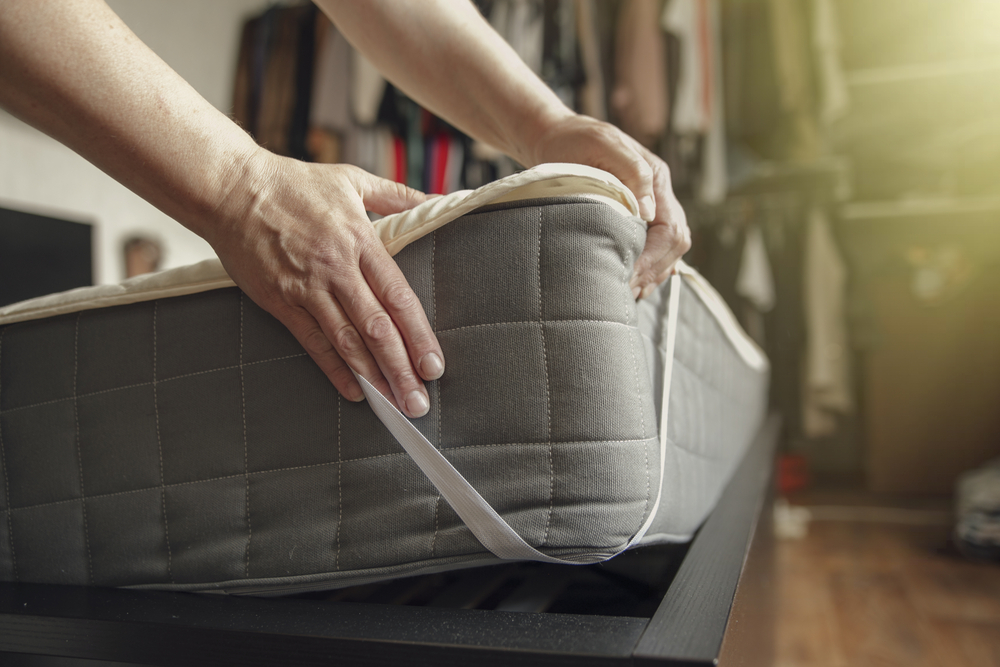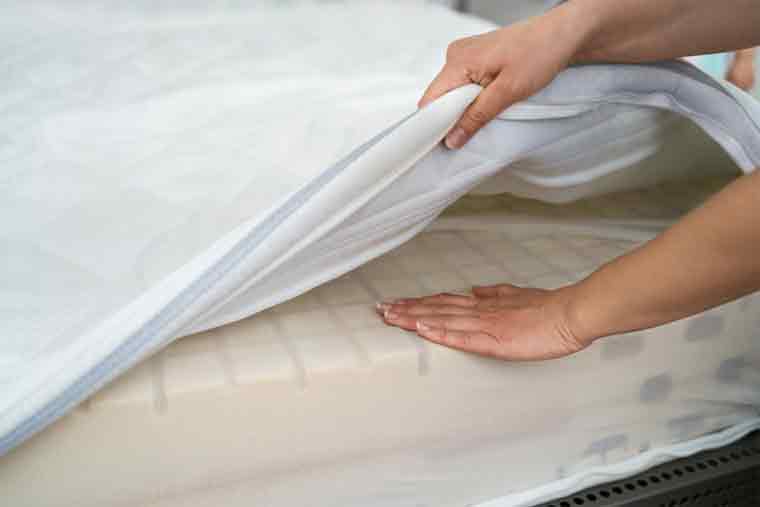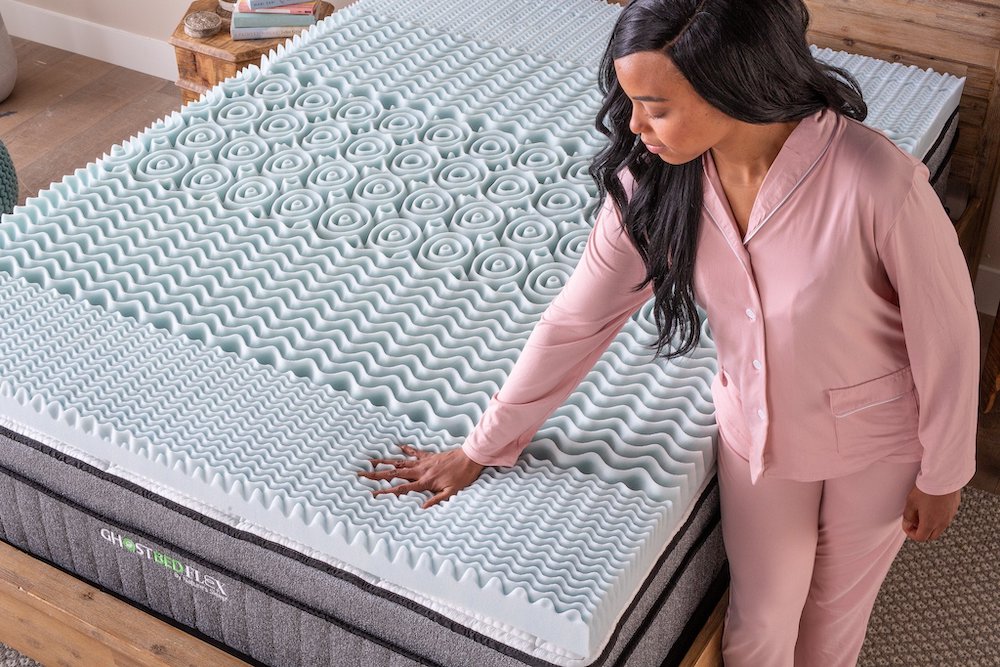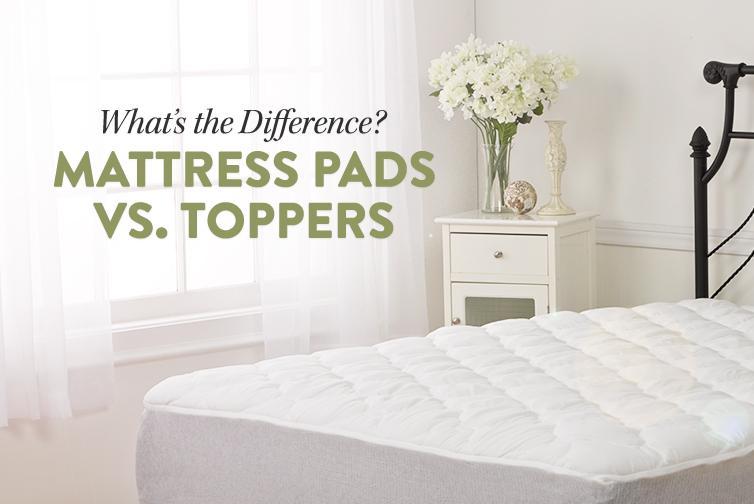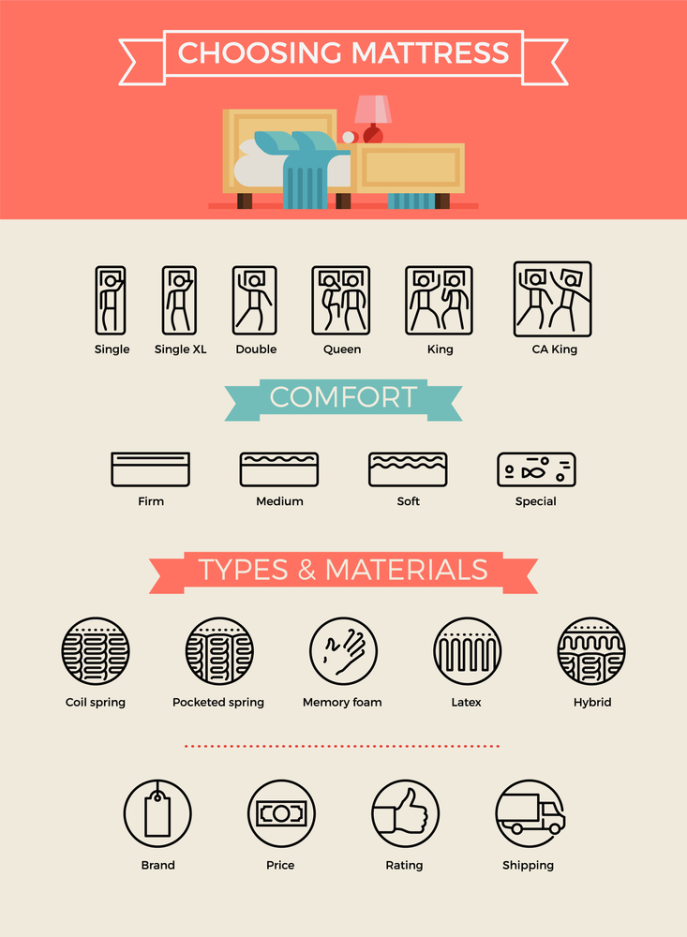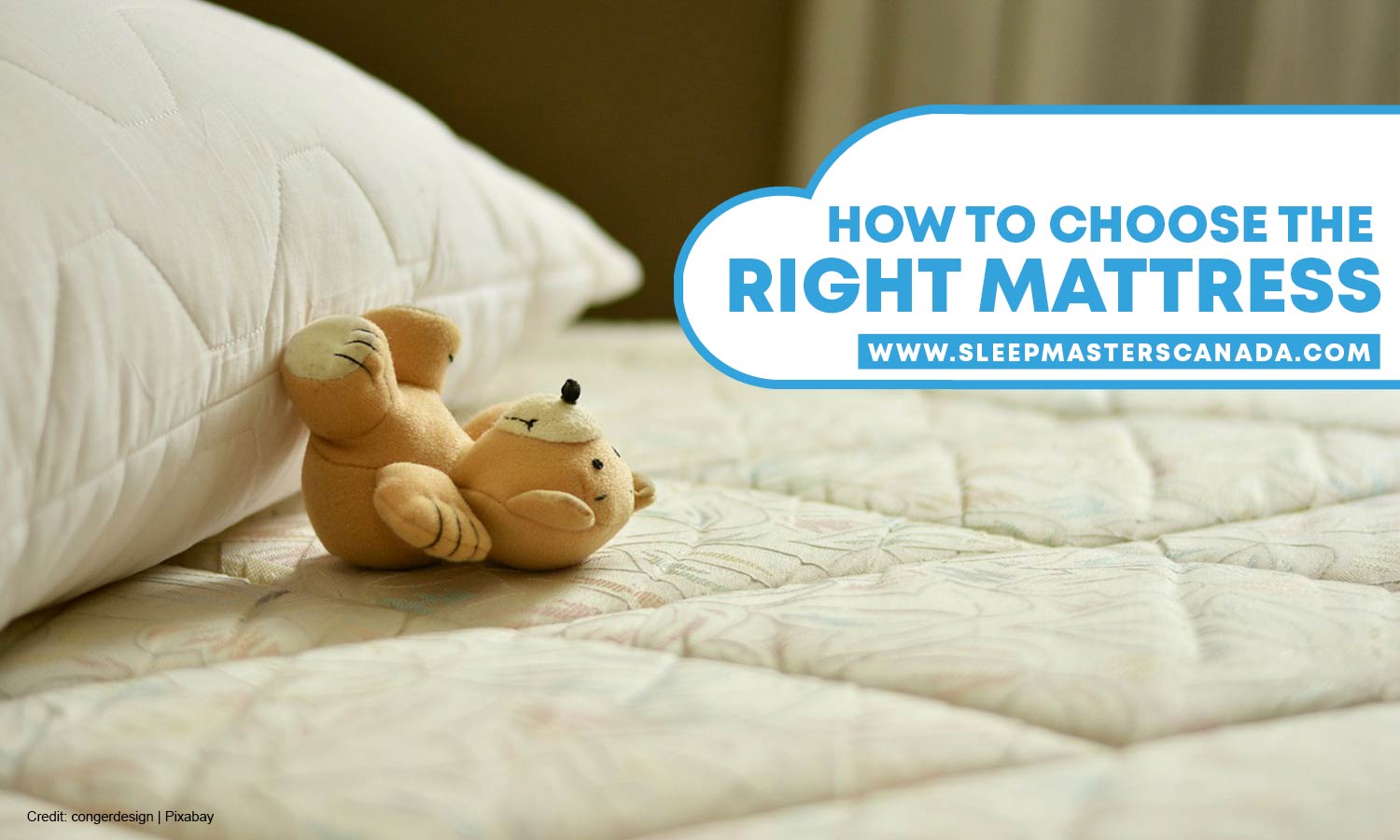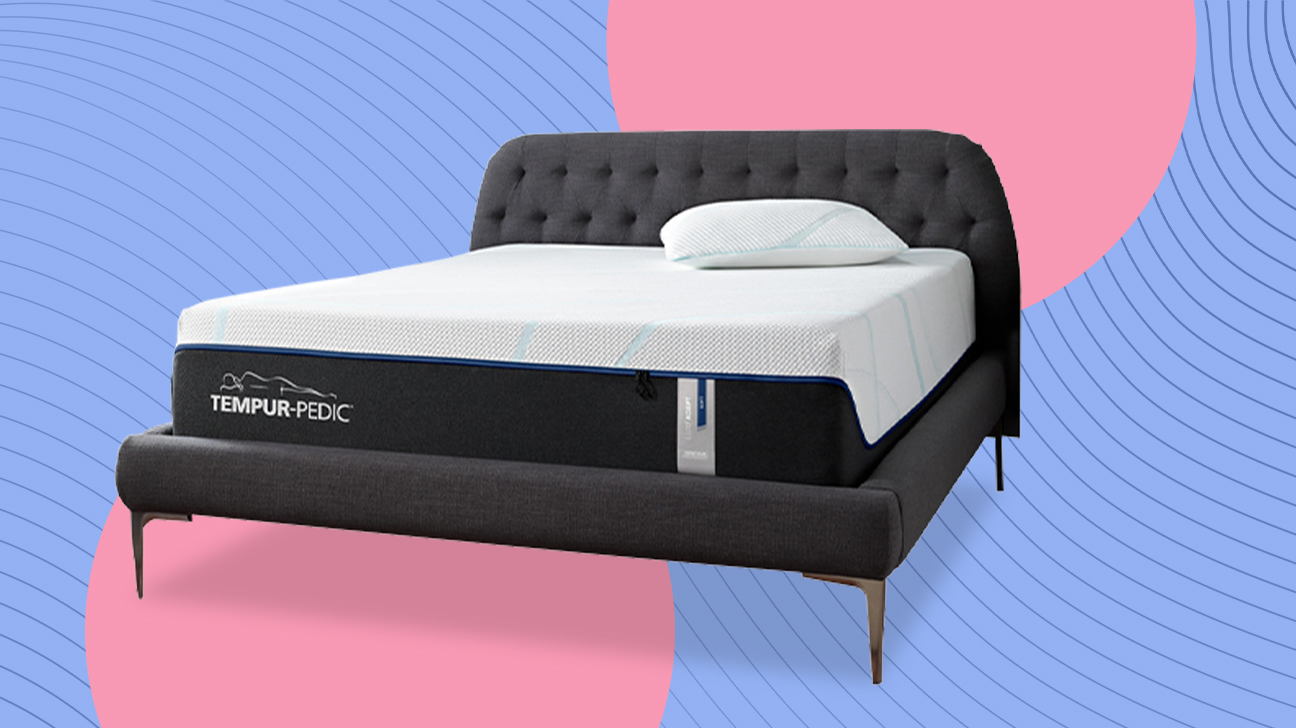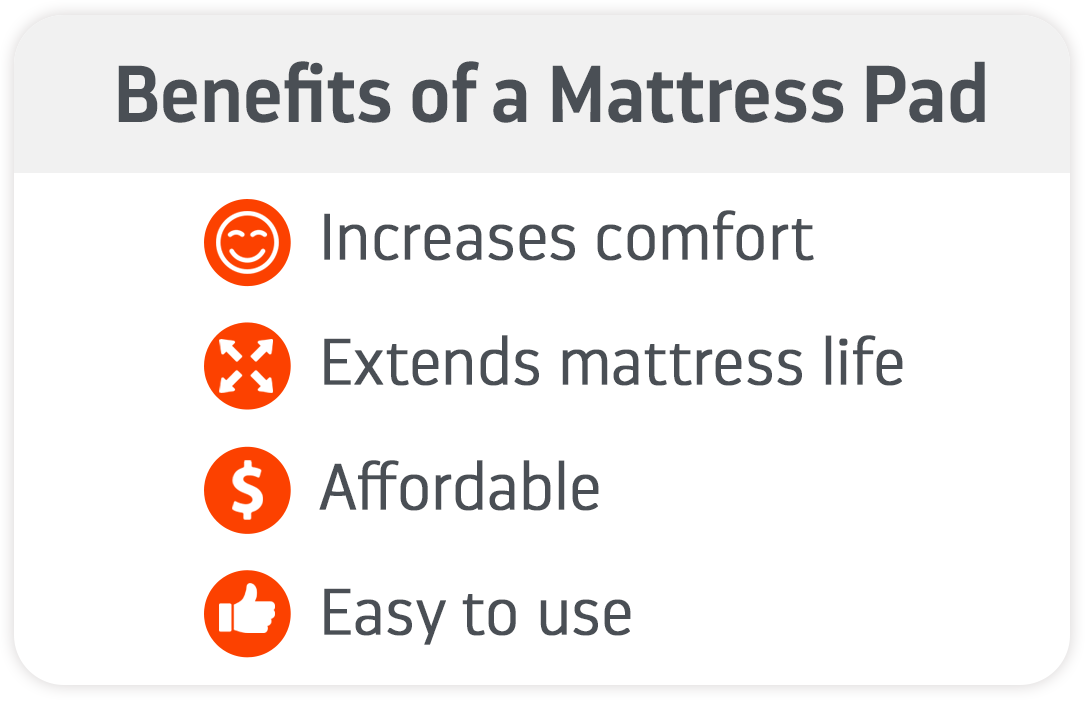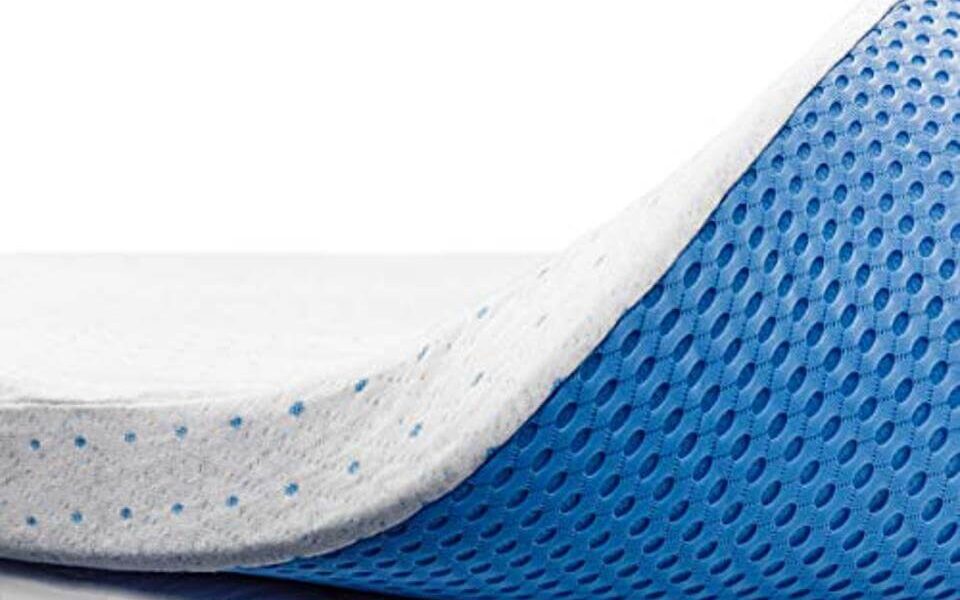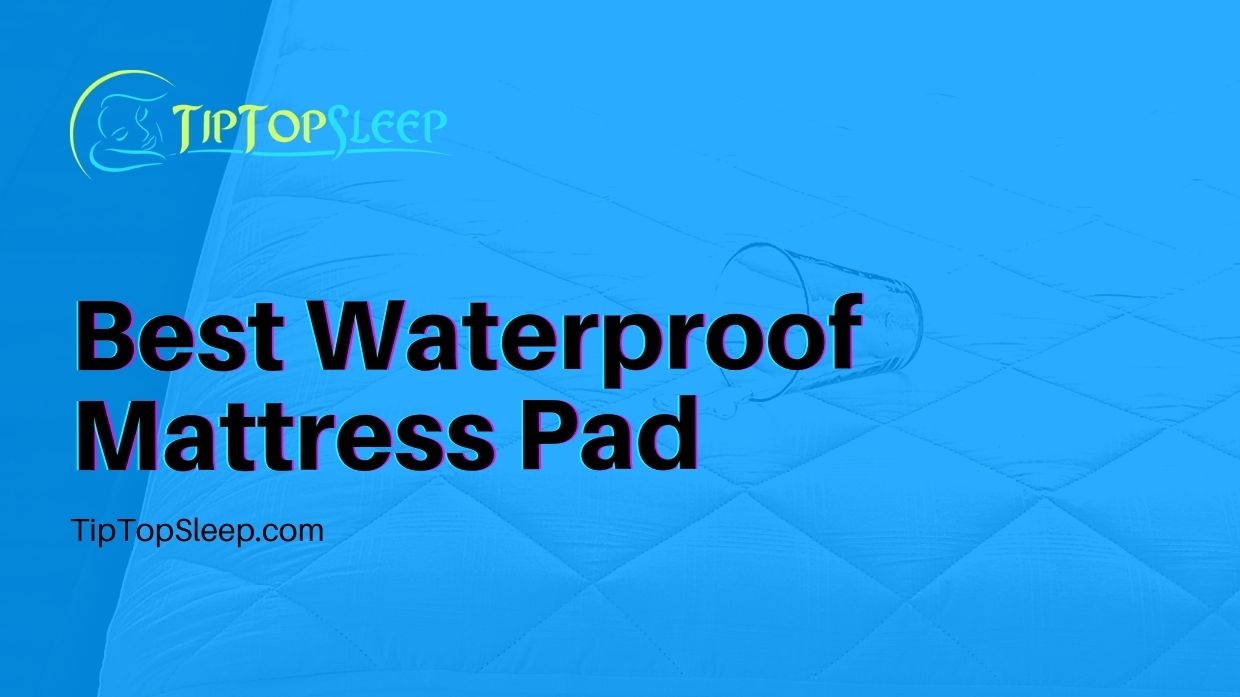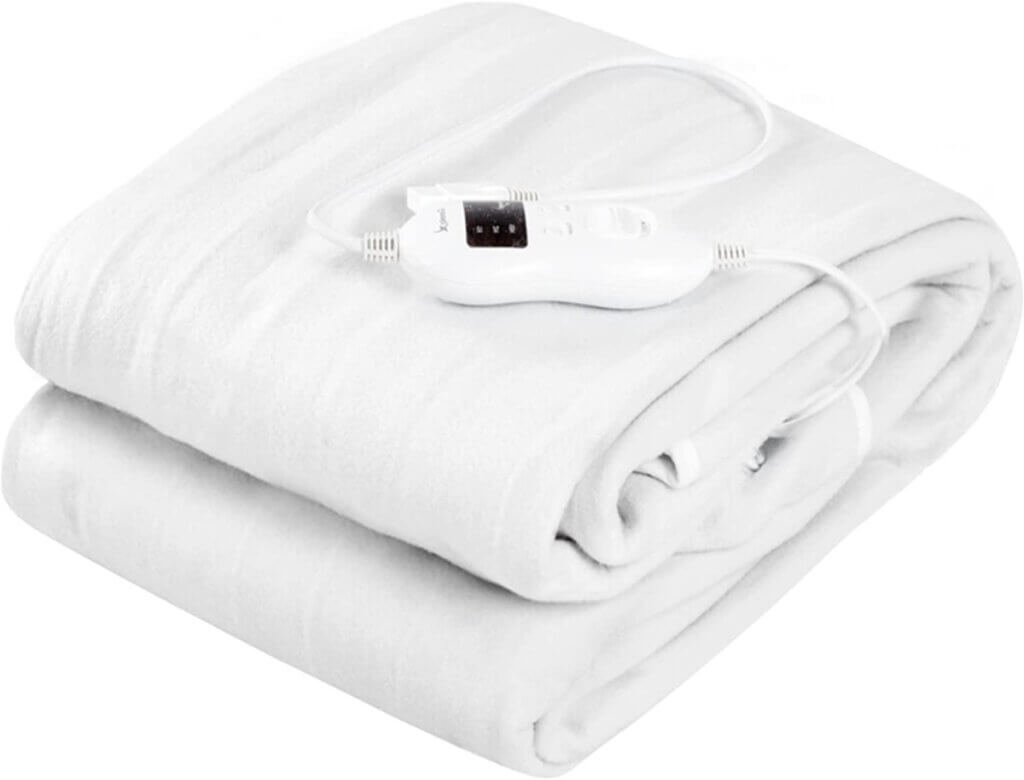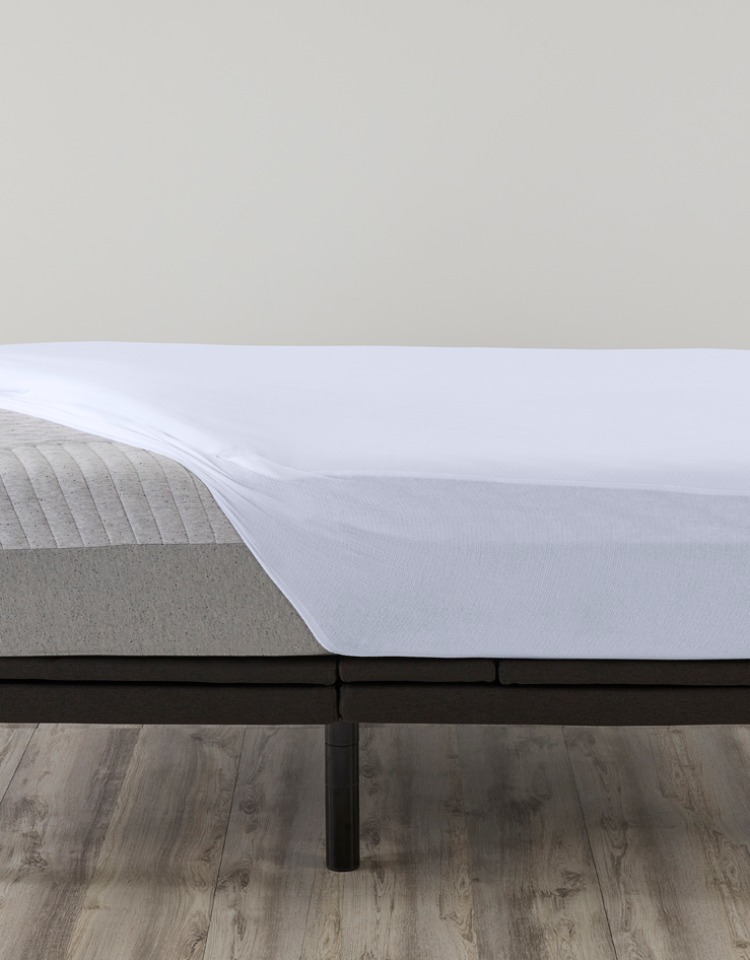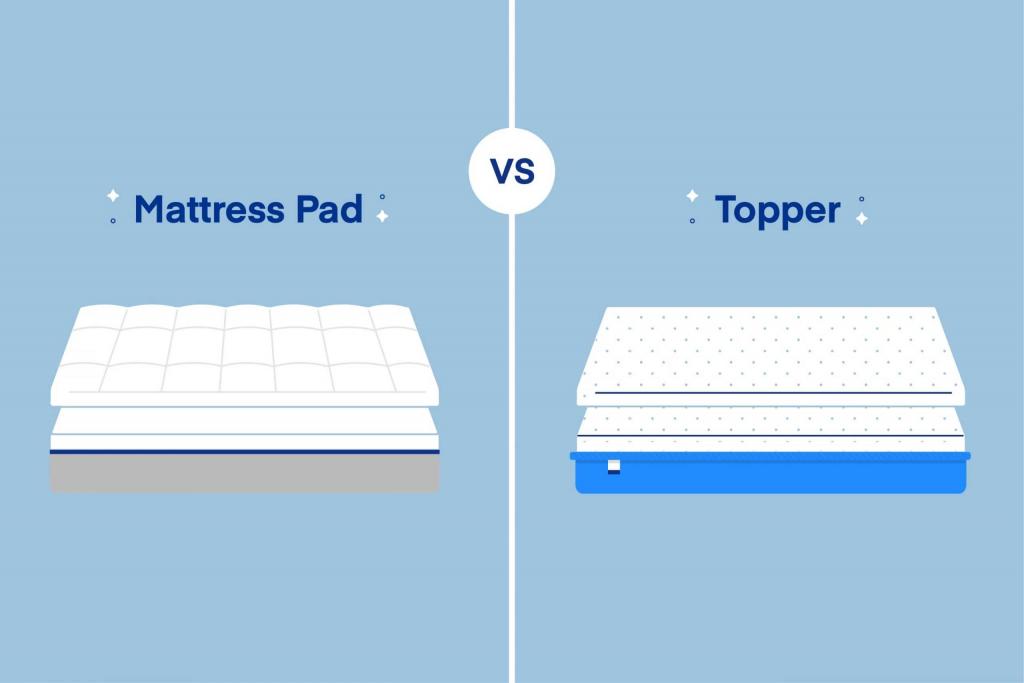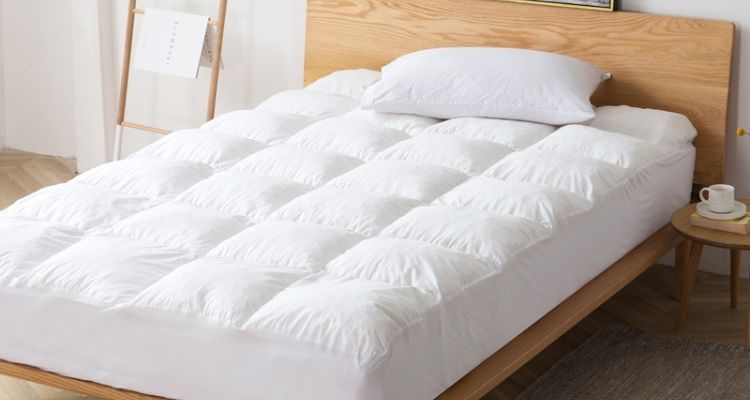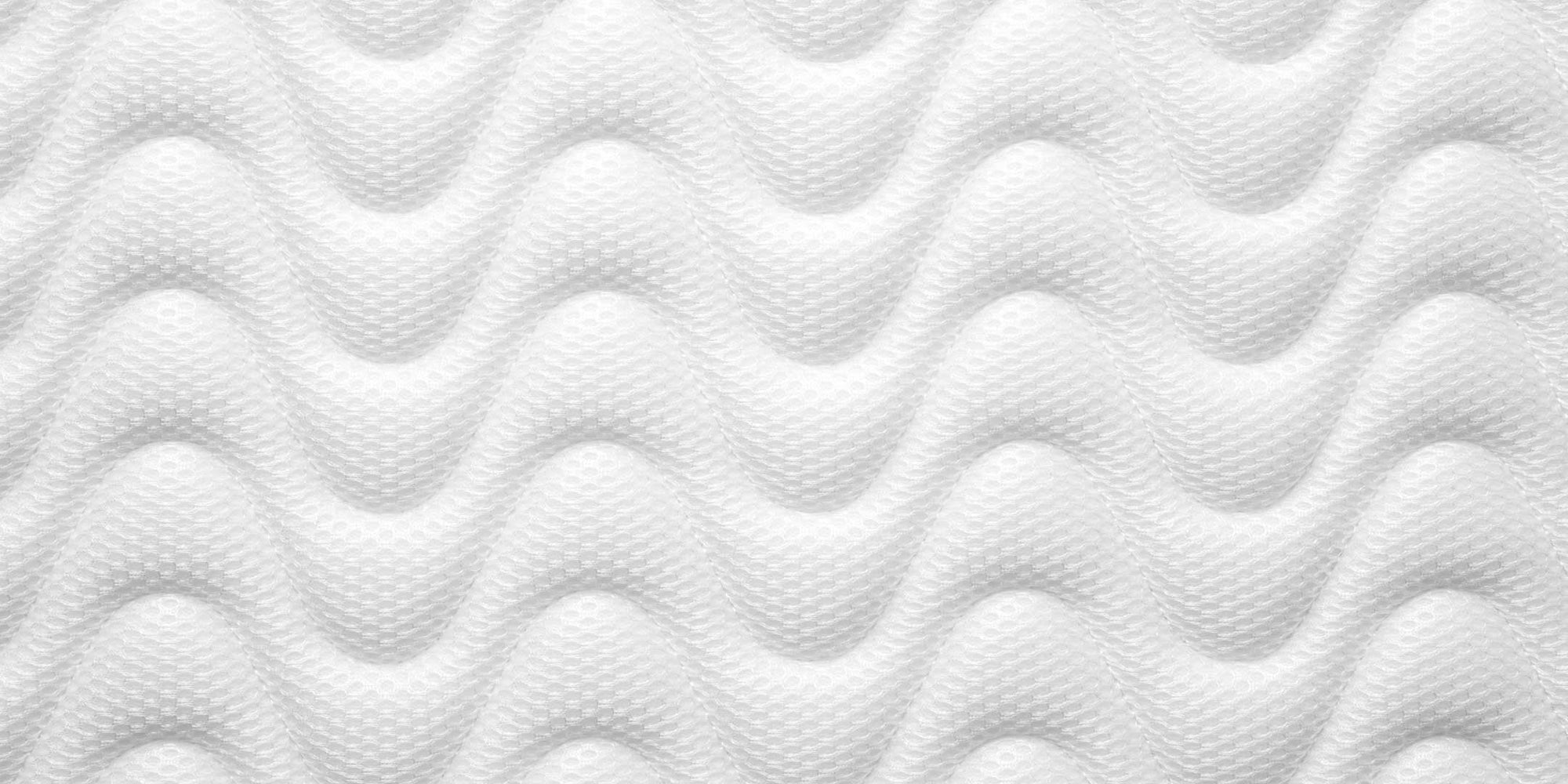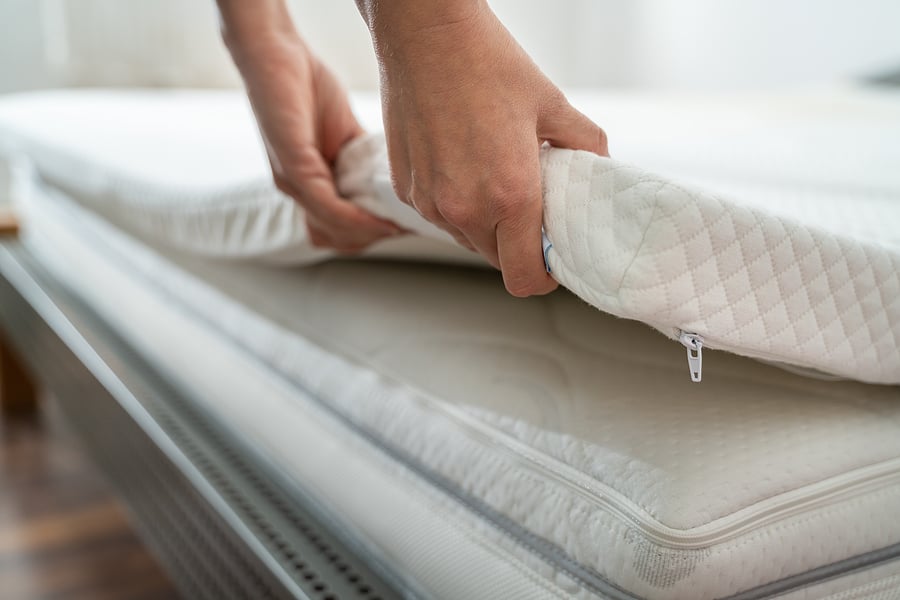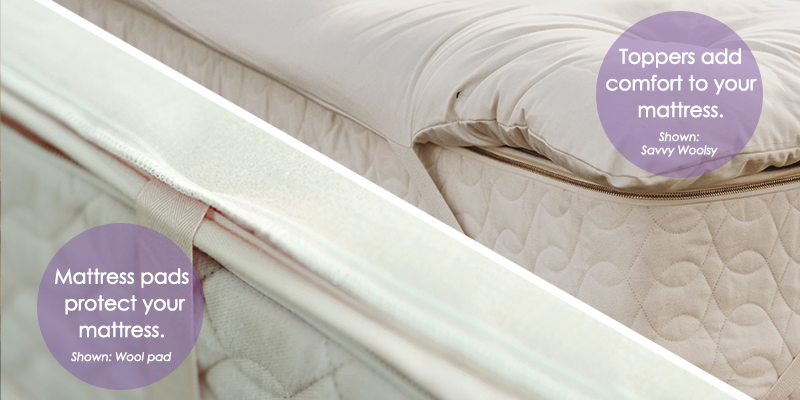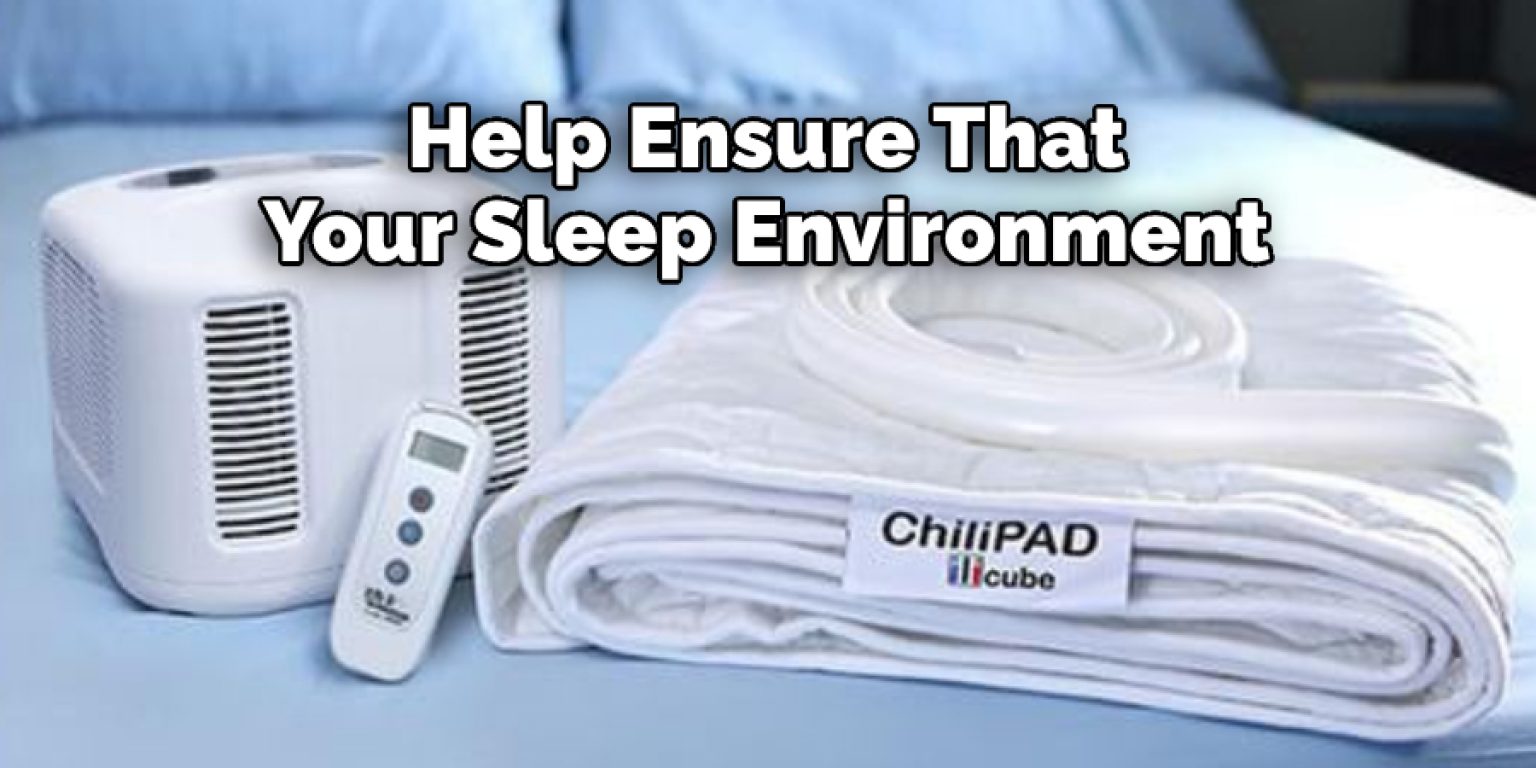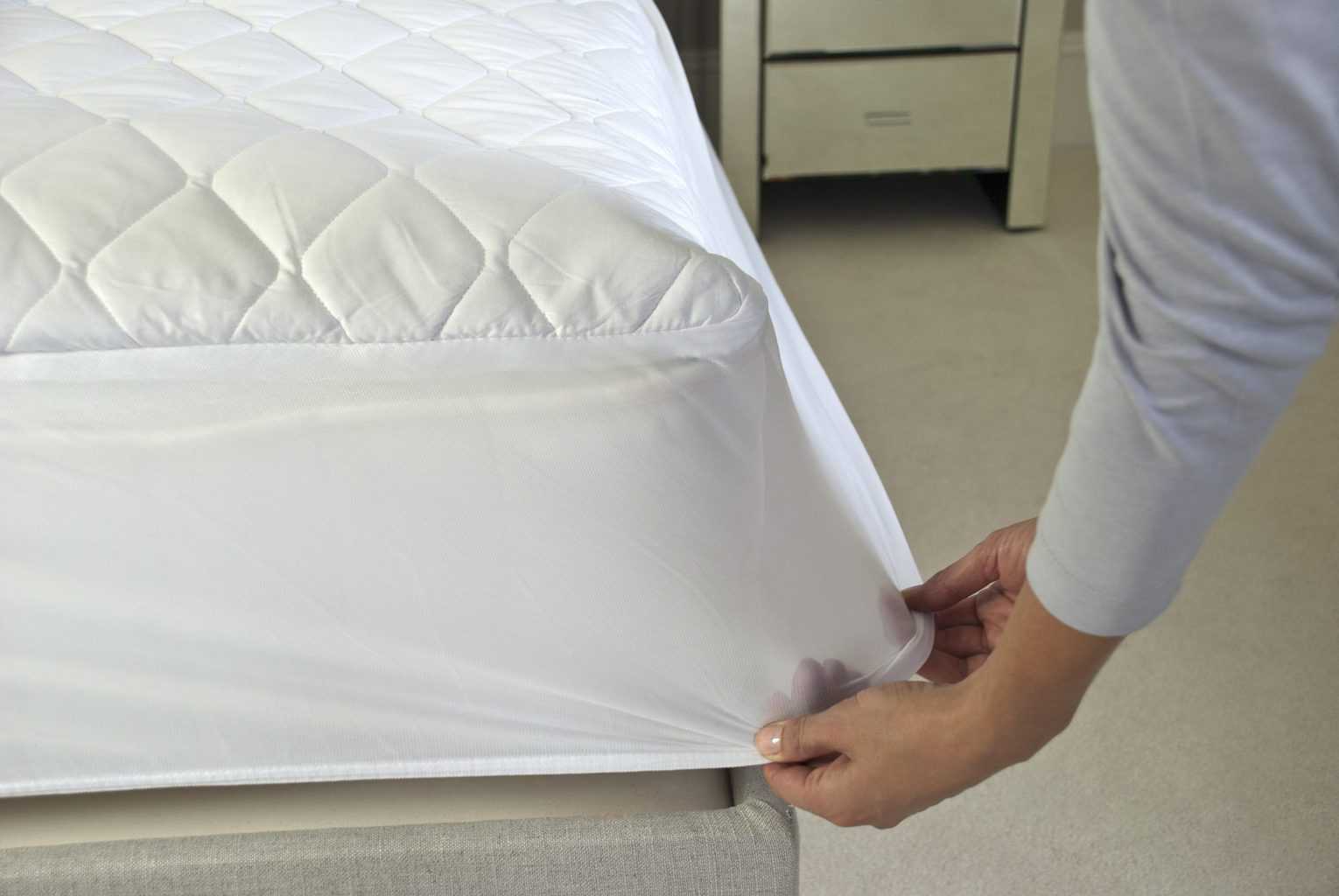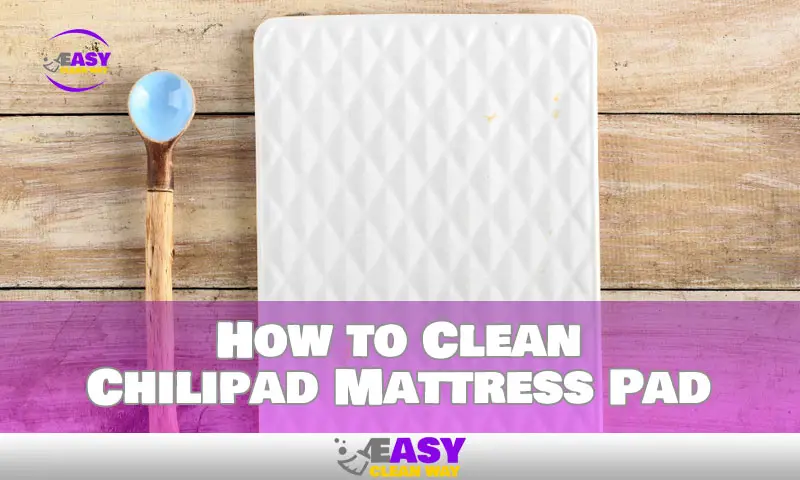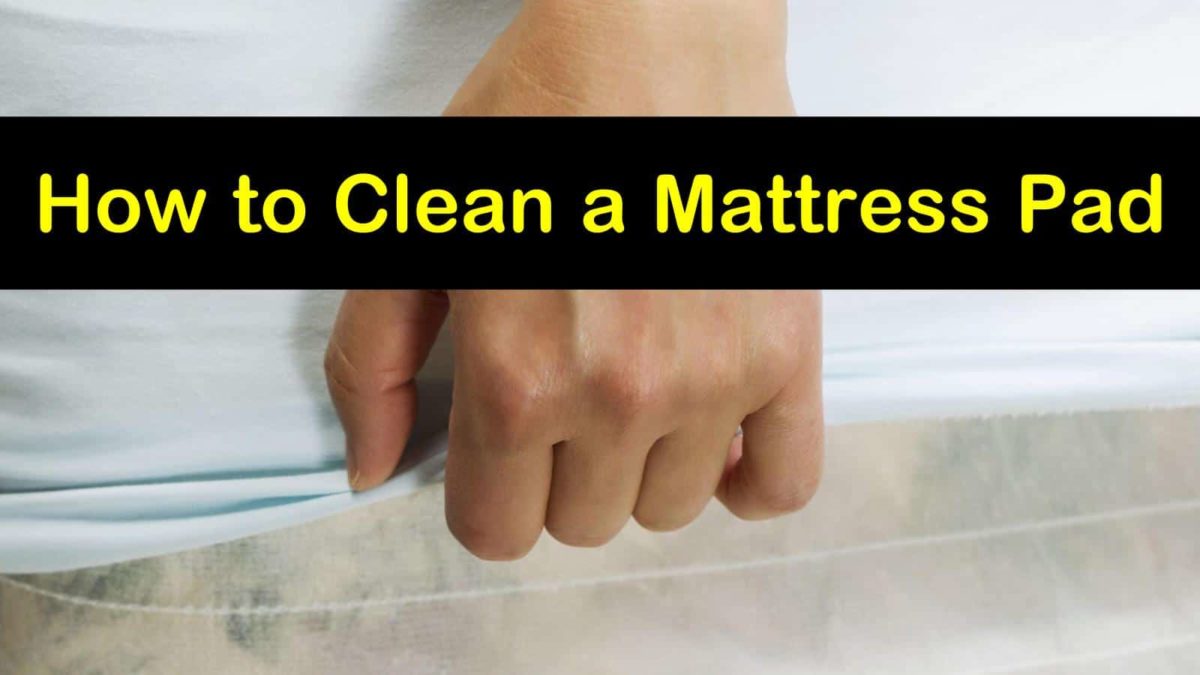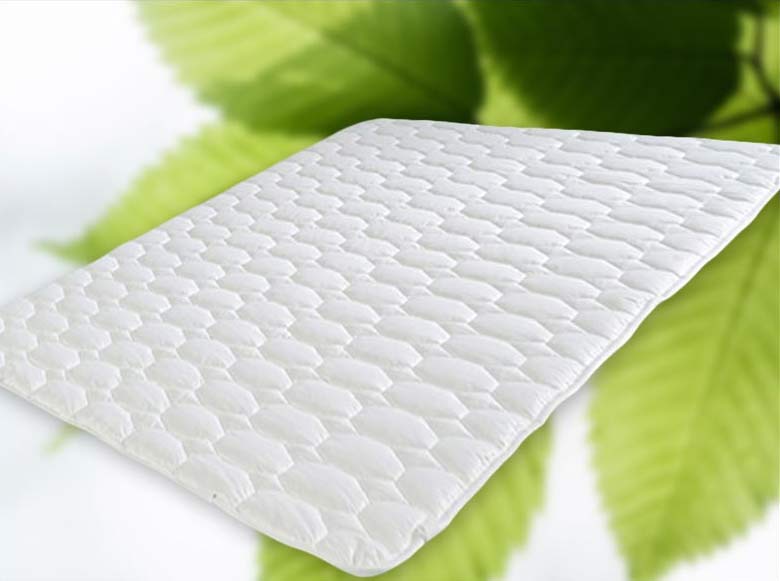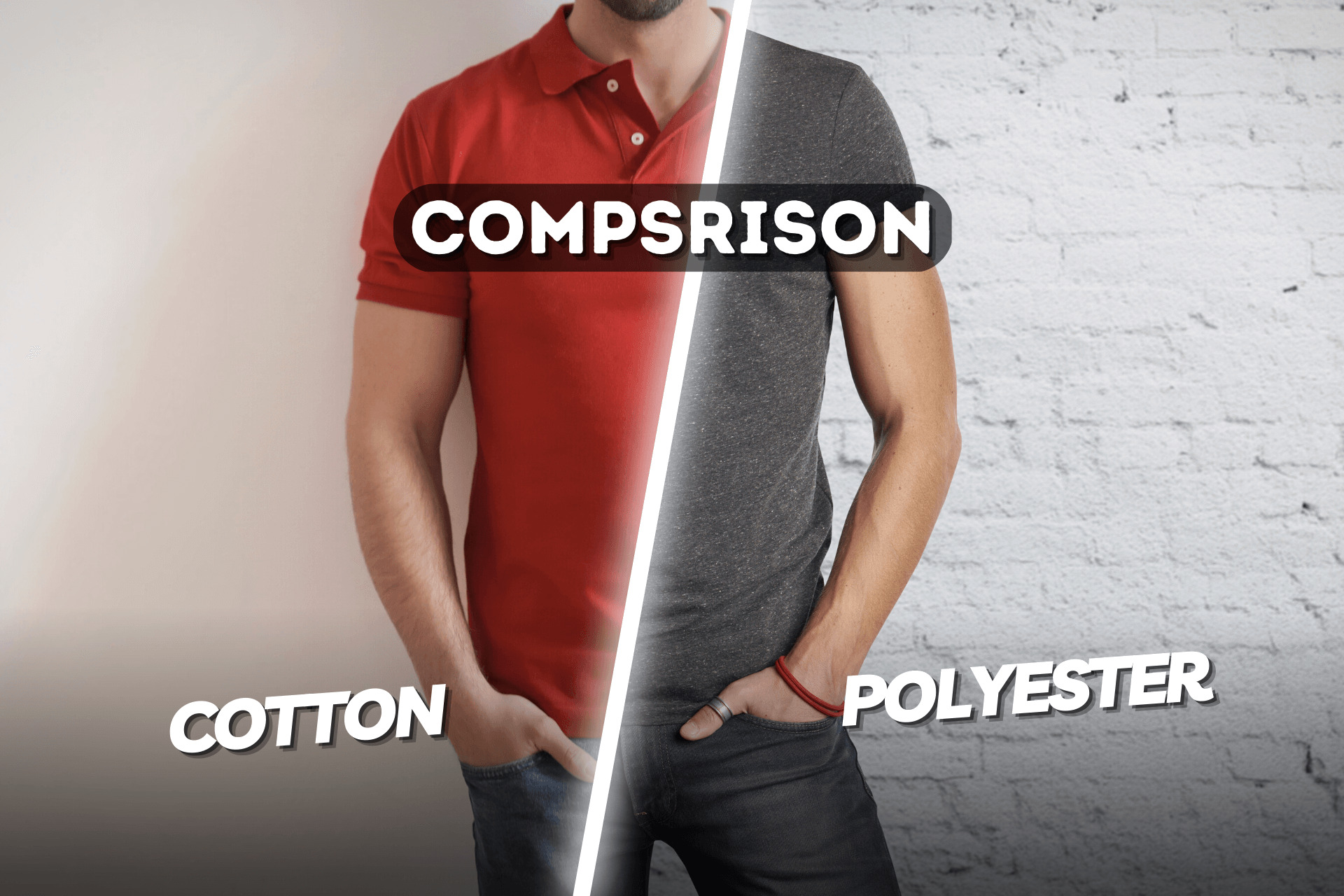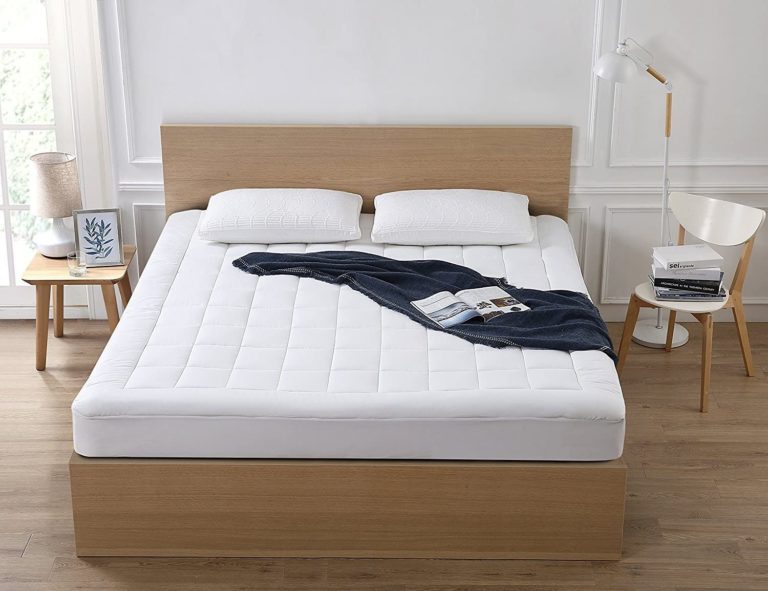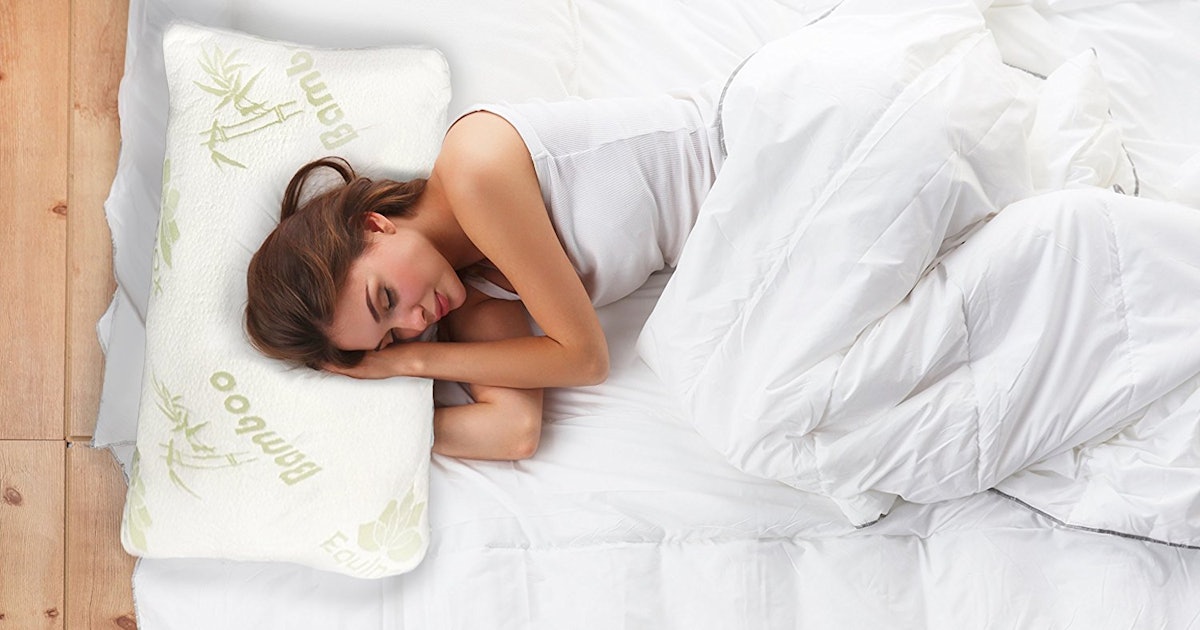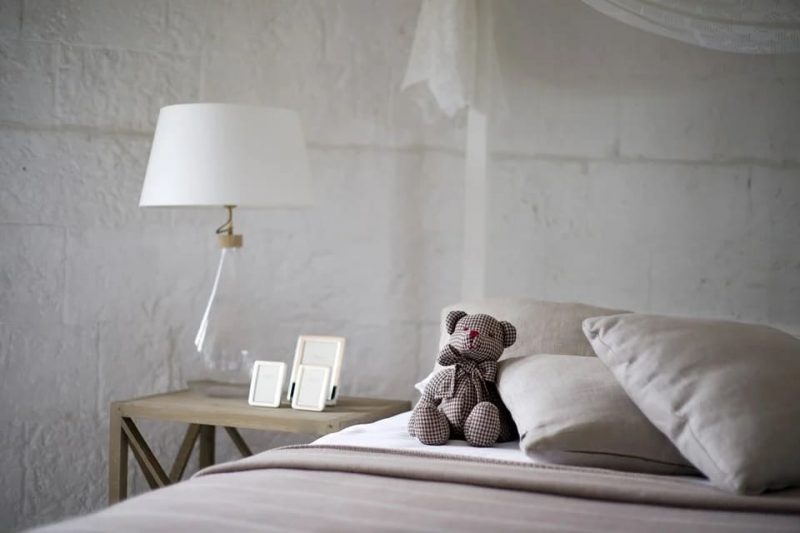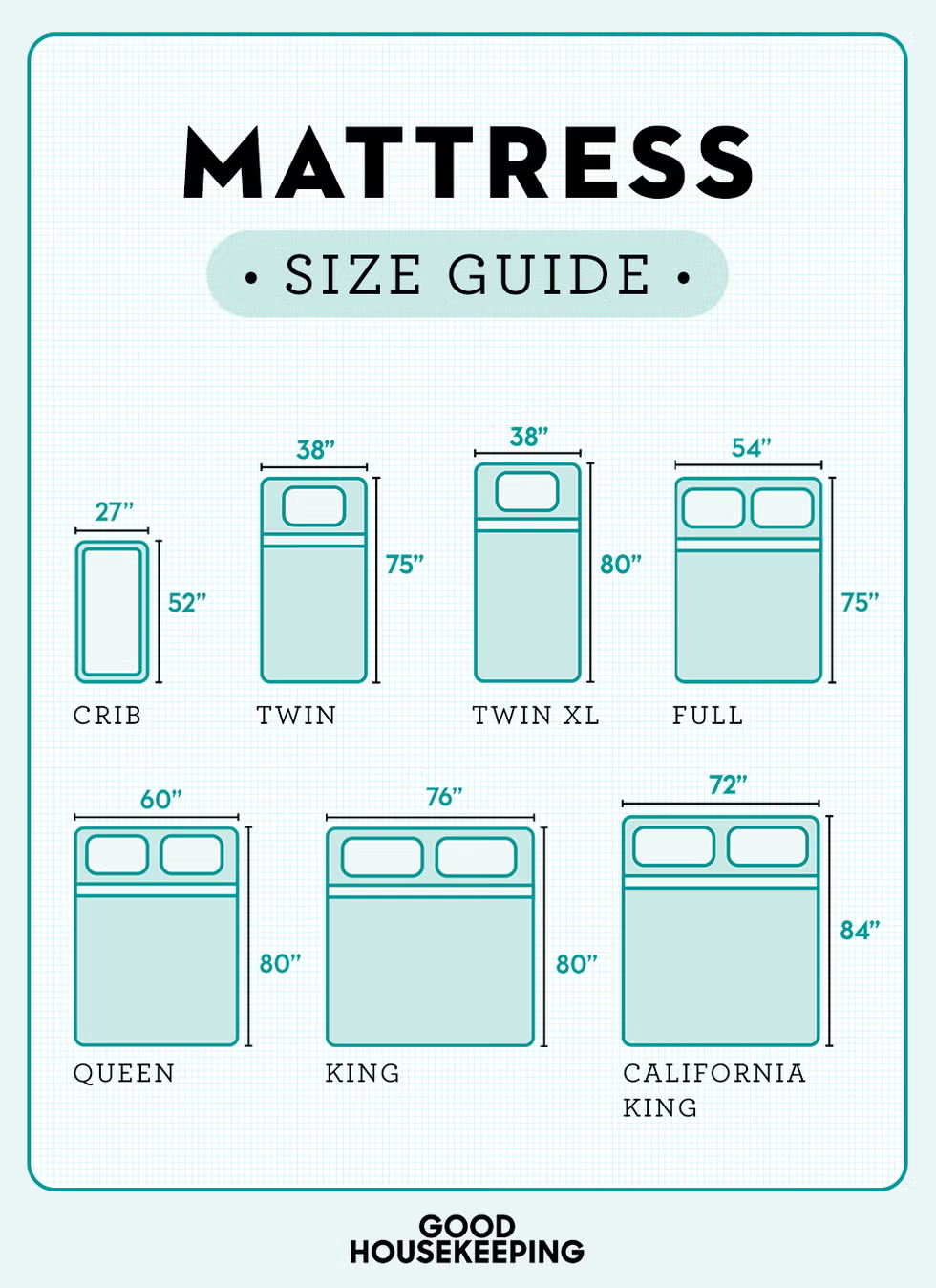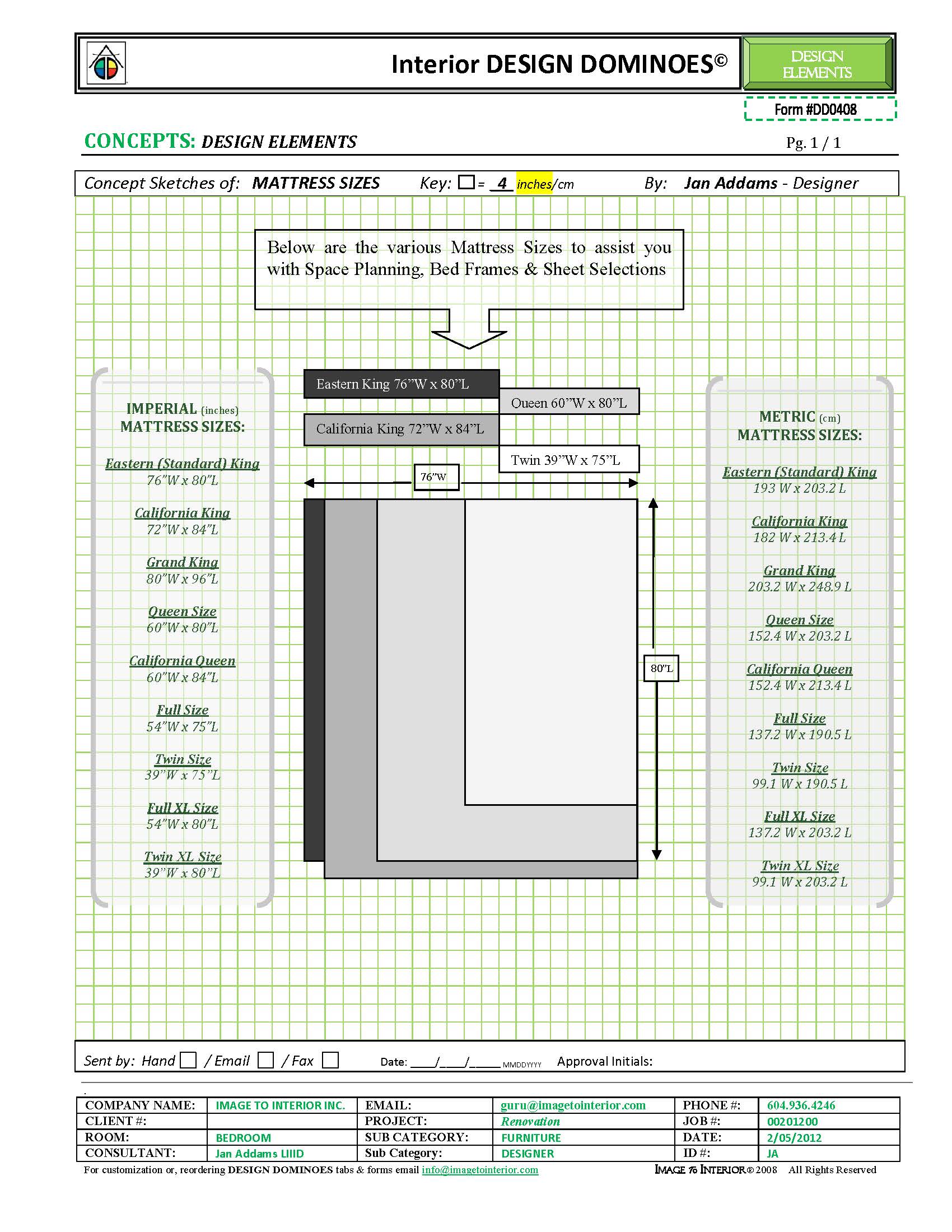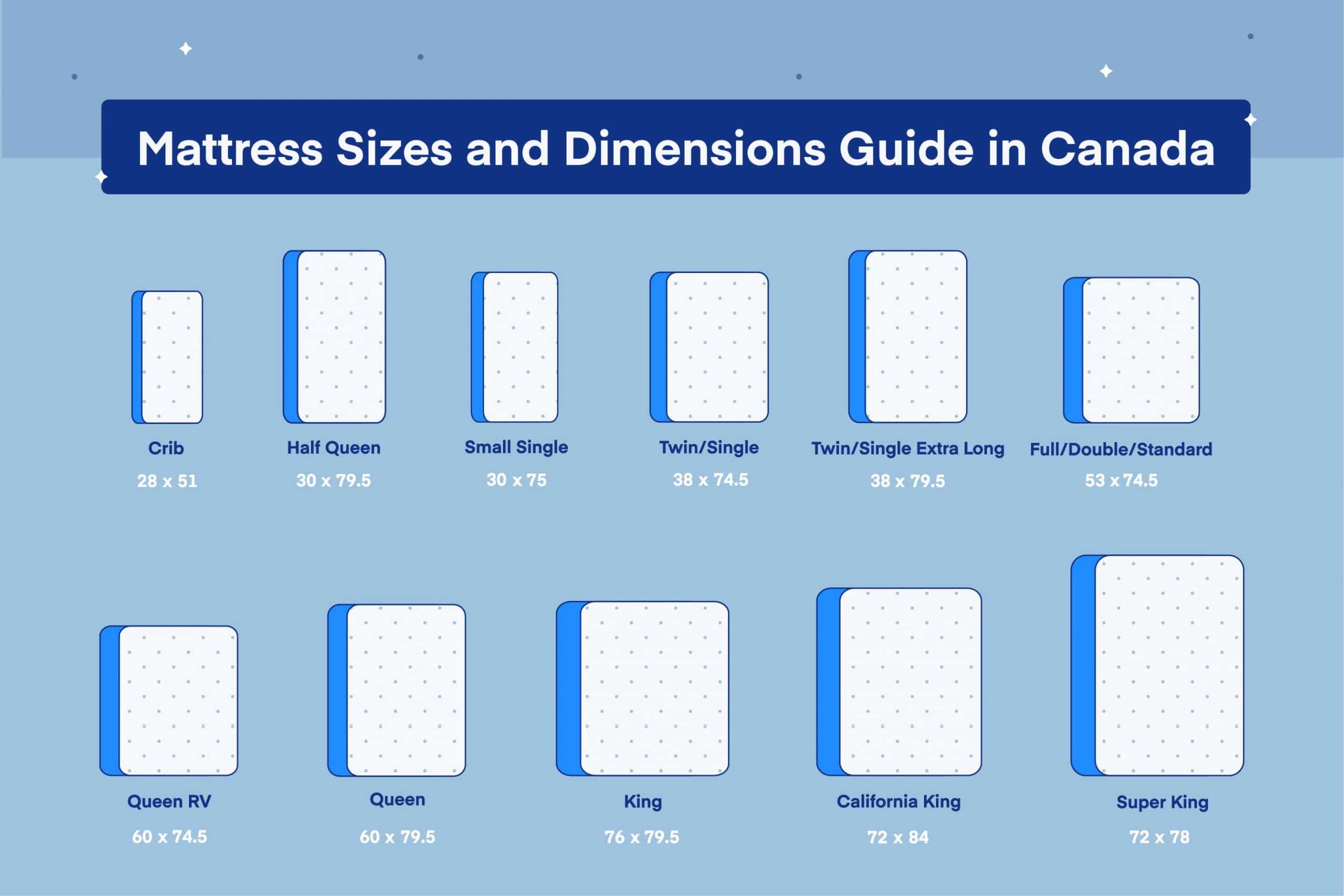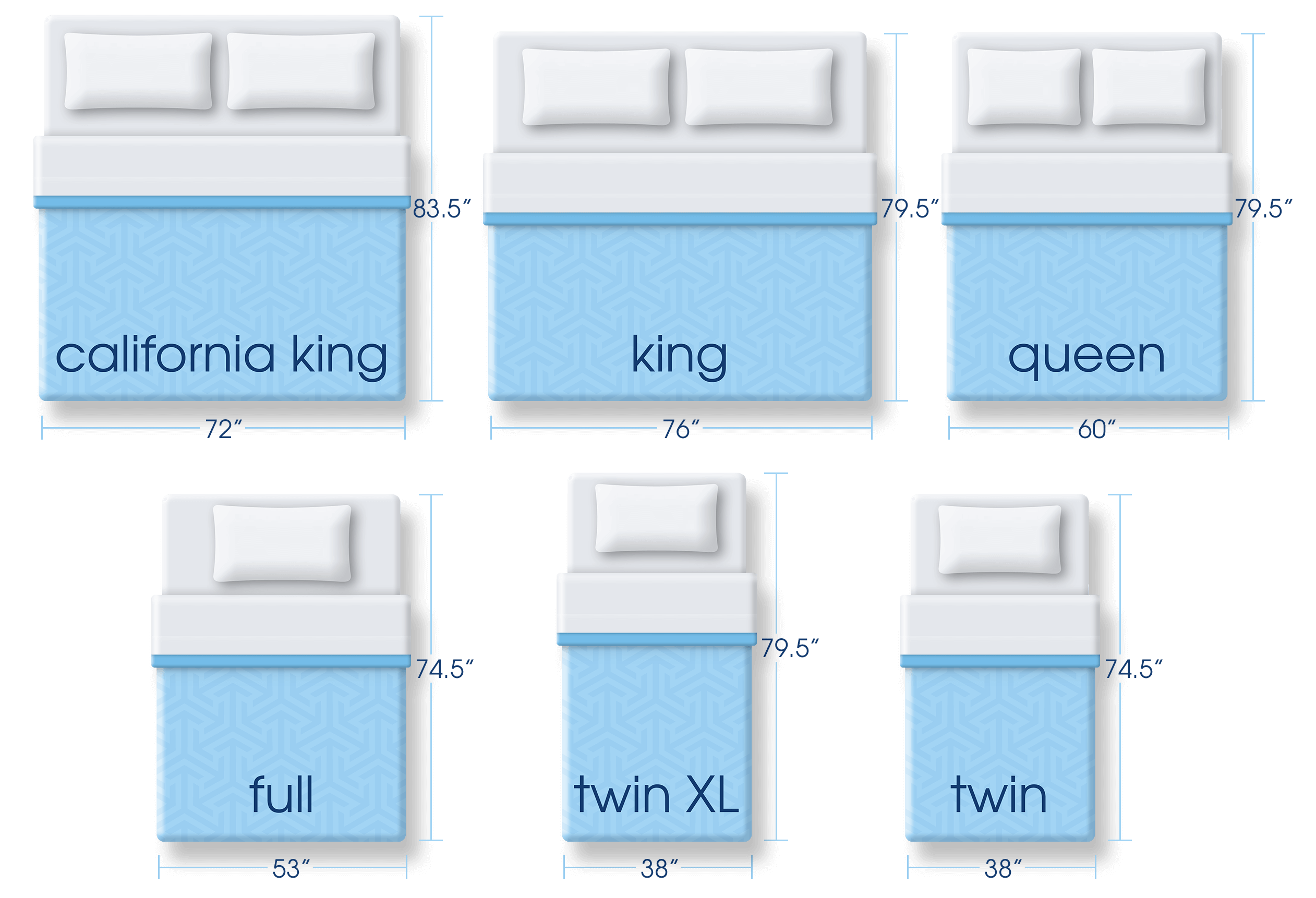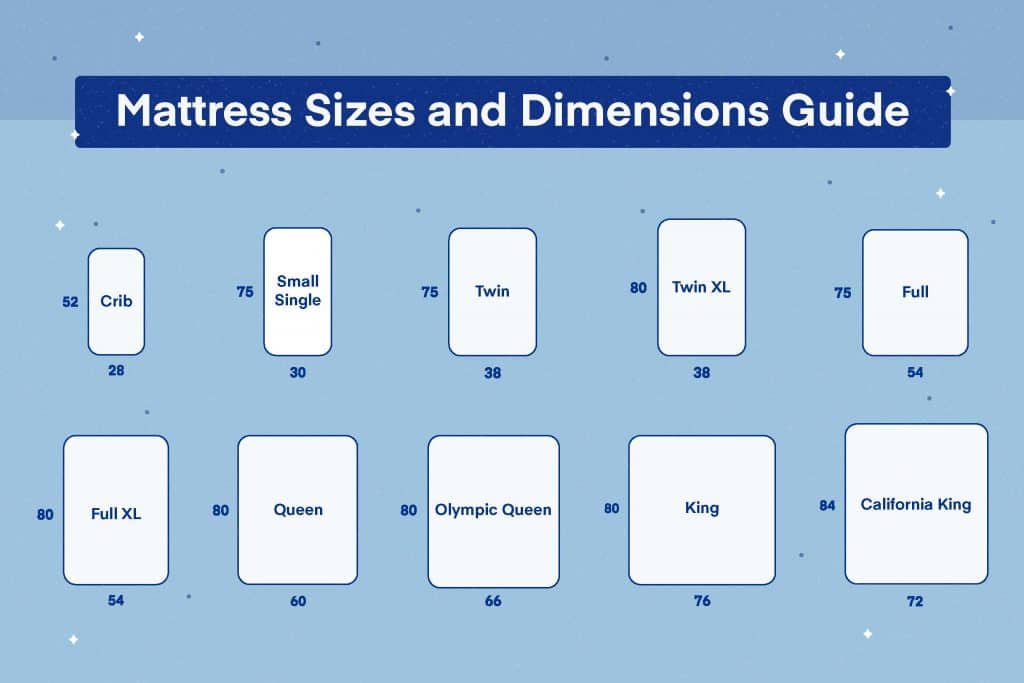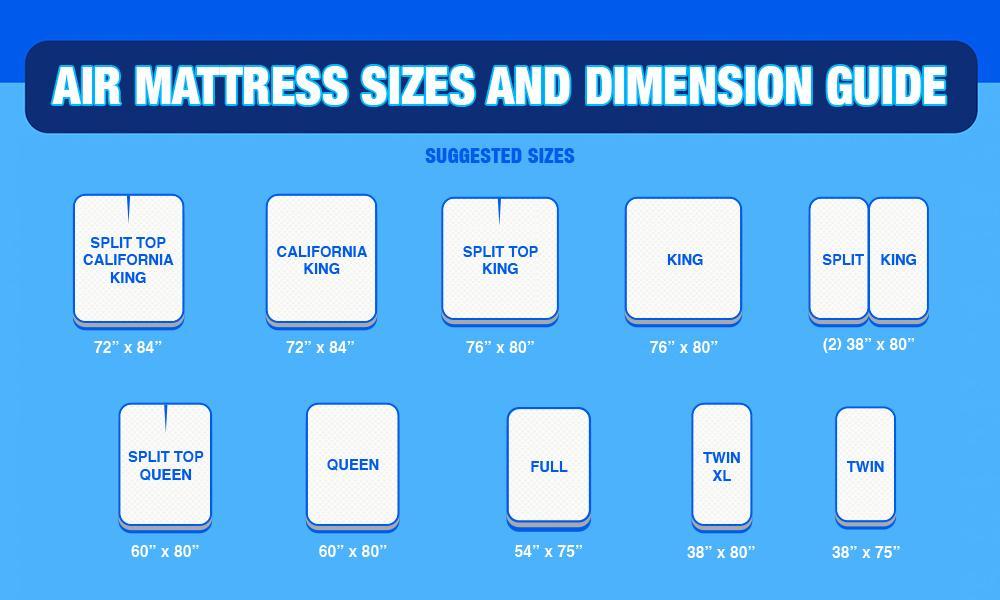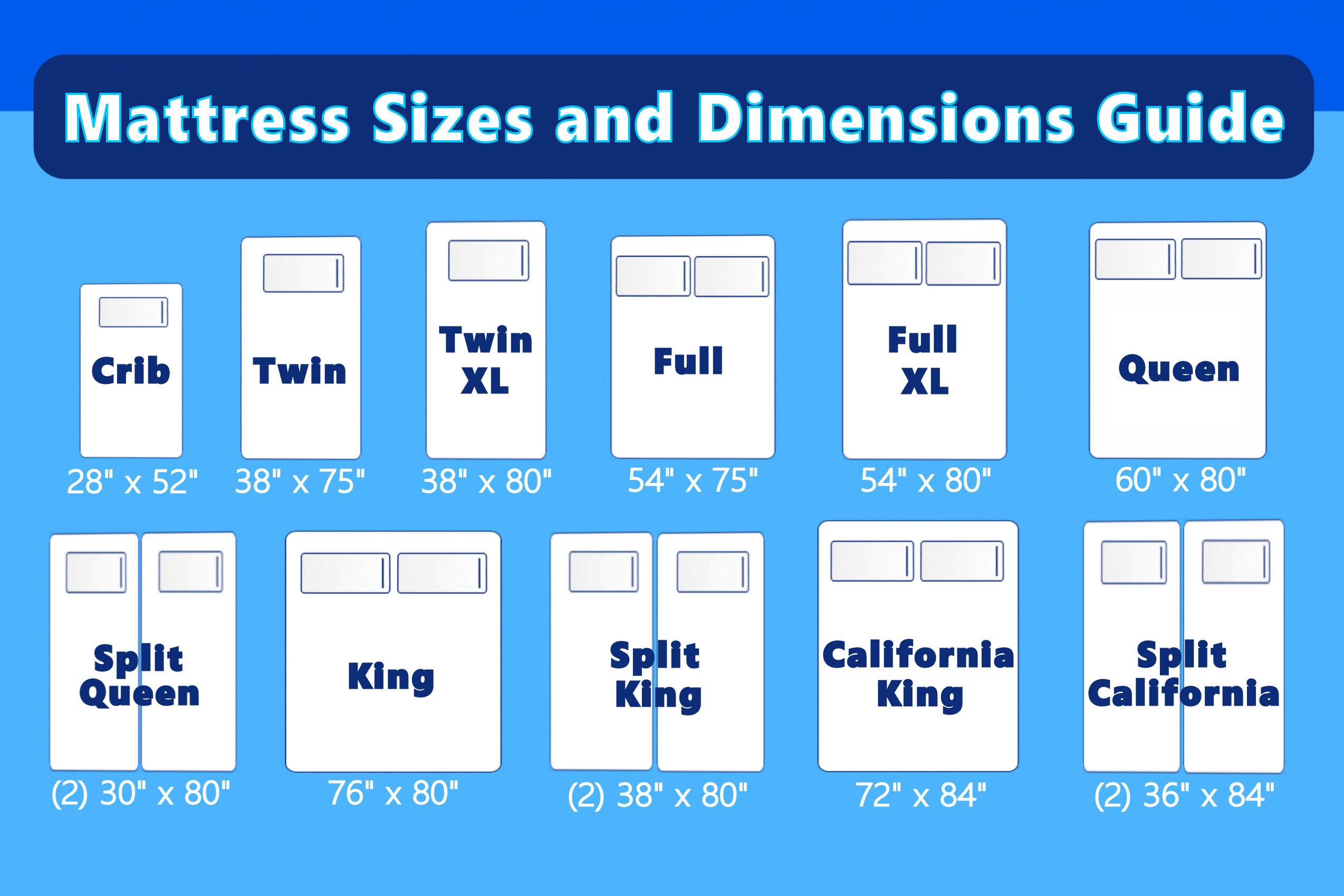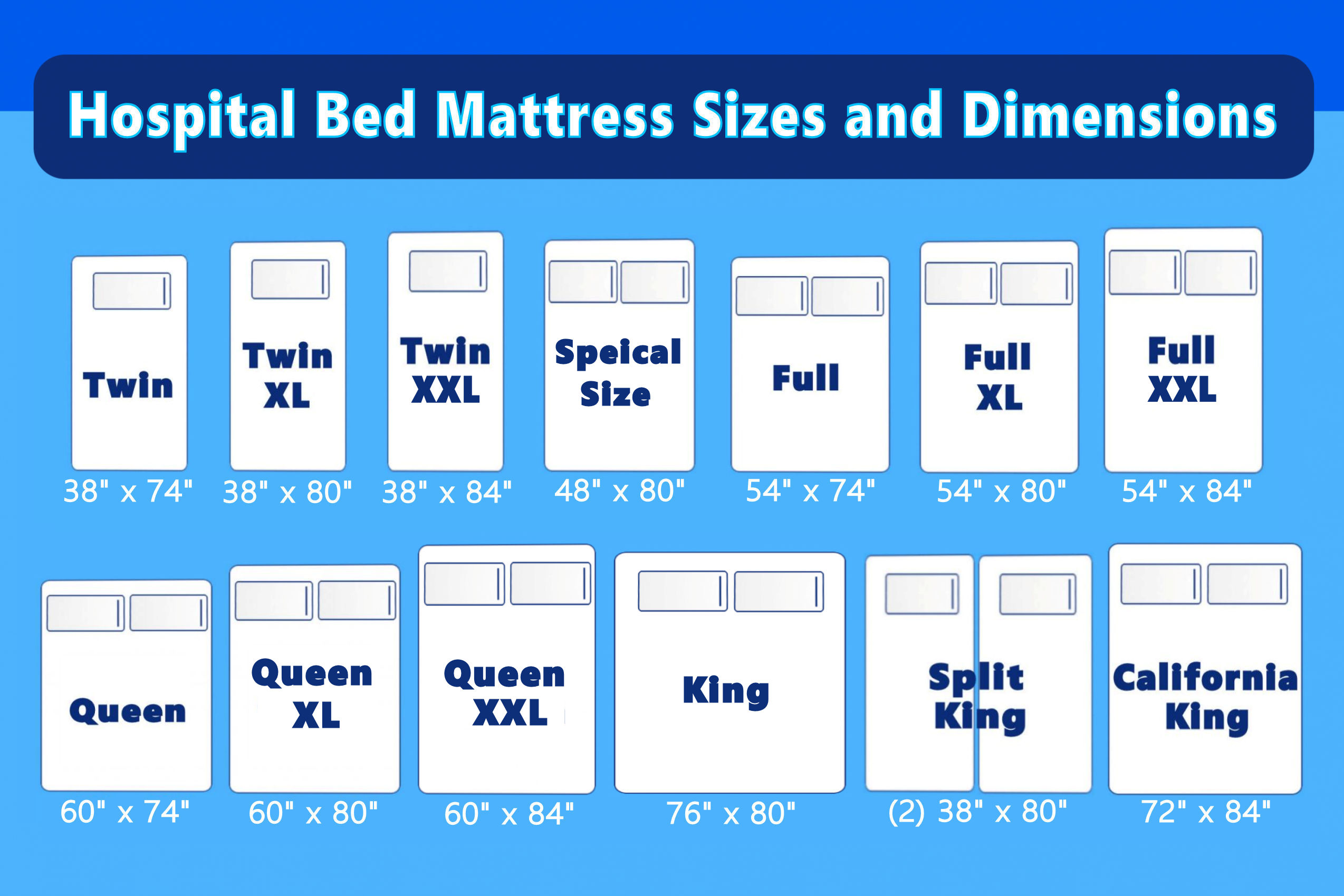When it comes to choosing a mattress pad, you may be surprised to find that there are actually different types available. Each type offers its own unique benefits and features, so it's important to understand the differences before making your purchase. One type of mattress pad is the traditional fitted pad, which is designed to fit snugly over your mattress like a fitted sheet. This type of pad is typically made of a soft, quilted material and provides an extra layer of cushion and comfort. Another type is the anchor pad, which has elastic straps on each corner to keep it securely in place on your mattress. This type of pad is great for preventing shifting and bunching throughout the night. There are also mattress topper pads, which are thicker and provide more cushioning for those who prefer a softer sleeping surface. These pads often have a thicker layer of memory foam or down alternative for added comfort. No matter which type of mattress pad you choose, they all offer an extra layer of protection for your mattress and can help to extend its lifespan.Types of Mattress Pads
Mattress pads and mattress toppers are often used interchangeably, but they are actually two different things. While both provide an extra layer of comfort and protection for your mattress, there are a few key differences. A mattress pad is typically thinner and more lightweight, while a mattress topper is thicker and provides more cushioning. Mattress pads also often have a fitted design to keep them in place, while mattress toppers may have straps or simply lay on top of the mattress. Another difference is in their purpose. Mattress pads are primarily used for moisture protection and to add a slight layer of comfort, while mattress toppers are used to significantly change the feel of the mattress and provide more support. So, if you're looking for a small amount of extra cushion and protection, a mattress pad is a great choice. But if you're hoping to change the feel of your mattress, a mattress topper may be a better option.What is the Difference Between a Mattress Pad and a Mattress Topper?
With so many different types and options available, choosing the right mattress pad can feel overwhelming. But don't worry, we've got you covered with some tips to help you make the best decision for your needs. First, consider the material. Mattress pads are often made of cotton, polyester, or a blend of both. Cotton tends to be more breathable and cooler, while polyester is more durable and easier to clean. Consider which features are most important to you and choose accordingly. You should also consider the thickness and level of cushioning you prefer. If you like a firmer mattress, a thinner pad may be sufficient. But if you prefer a softer feel, a thicker pad or mattress topper may be a better choice. It's also important to consider any specific needs or preferences you have. For example, if you have allergies, you may want to choose a hypoallergenic mattress pad. If you tend to sleep hot, look for one with cooling properties. Keep in mind that the right mattress pad can make a big difference in the overall comfort and quality of your sleep, so take your time and choose carefully.How to Choose the Right Mattress Pad
Mattress pads offer a variety of benefits, making them a worthwhile investment for your bed. One of the biggest benefits is that they can help to extend the life of your mattress by providing an extra layer of protection against spills, stains, and wear and tear. They also add an extra layer of comfort, making your mattress feel more plush and luxurious. This can be especially beneficial for those with firmer mattresses or for those who have trouble getting comfortable at night. Mattress pads also offer moisture-wicking properties, which can be helpful for those who tend to sweat while they sleep. And when it's time to clean your mattress pad, it's much easier and more cost-effective than trying to clean your entire mattress. Overall, using a mattress pad can significantly improve the comfort and longevity of your mattress, making it a smart investment for any bed.Benefits of Using a Mattress Pad
Mattress pads and mattress protectors are two similar bedding accessories, but they serve different purposes. A mattress pad is primarily used for added comfort and protection, while a mattress protector is mainly used for protection against spills, stains, and allergens. Mattress protectors are typically made of a waterproof or water-resistant material, while mattress pads are not. So, while both can provide an extra layer of protection for your mattress, a mattress protector is designed to be more durable and resistant to spills and stains, while a mattress pad is meant to add a layer of cushion and comfort.Mattress Pad vs Mattress Protector: What's the Difference?
The short answer is no, you don't necessarily need a mattress pad. However, there are several reasons why you may want to consider investing in one. If you have a new mattress that you want to protect or an older mattress that needs some extra cushioning, a mattress pad can be a great option. They can also be helpful for those who tend to sleep hot, as some mattress pads have cooling properties. If you have specific needs or preferences, such as allergies or a desire for a softer sleeping surface, a mattress pad can also be beneficial. Ultimately, whether or not you need a mattress pad will depend on your personal preferences and needs.Do I Need a Mattress Pad?
Keeping your mattress pad clean is important for maintaining its comfort and functionality. The good news is that cleaning a mattress pad is typically much easier than cleaning a mattress. Most mattress pads can be machine washed and dried, but it's always best to check the manufacturer's instructions before cleaning. If your mattress pad is stained, you can spot clean with a gentle detergent and water before washing it. It's also a good idea to regularly rotate and flip your mattress pad to ensure it wears evenly and lasts longer. By following these simple cleaning and maintenance tips, you can keep your mattress pad in great condition for years to come.How to Clean a Mattress Pad
As mentioned earlier, mattress pads are commonly made of either cotton, polyester, or a blend of the two. Each material has its own benefits and features to consider. Cotton is a natural material that is breathable and soft, making it a popular choice for mattress pads. It's also hypoallergenic and easy to clean. However, it may not be as durable as polyester and can be more expensive. Polyester is a man-made material that is known for being durable, easy to clean, and affordable. It's also hypoallergenic and can be just as soft as cotton. However, it may not be as breathable as cotton and can trap heat. Ultimately, the best material for your mattress pad will depend on your individual needs and preferences.Mattress Pad Materials: Cotton vs Polyester
If you find that your mattress pad is not as comfortable as you had hoped, there are a few things you can do to make it more suitable for your needs. First, consider adding a thicker or softer mattress topper to your pad. This will provide an extra layer of cushion and may make a significant difference in the overall feel of your bed. Another option is to try a different material for your mattress pad. If you currently have a polyester pad, try switching to a cotton one and see if that makes a difference in comfort. Lastly, make sure you have the right size mattress pad for your bed. A pad that is too small or too big can cause discomfort and shifting throughout the night.How to Make a Mattress Pad More Comfortable
Mattress pads come in a variety of sizes to fit different mattress sizes. It's important to choose the right size for your bed to ensure a snug and comfortable fit. The most common sizes for mattress pads are twin, full, queen, and king. However, some brands may offer additional sizes such as twin XL, California king, or split king. When choosing a mattress pad size, make sure to measure your mattress and account for any extra layers or toppers you may have on it. You want the pad to fit securely without being too tight or too loose. By choosing the right size, material, and type of mattress pad, you can enhance the comfort and protection of your mattress, providing you with a better night's sleep. So why wait? Start shopping for the perfect mattress pad for your bed today! Mattress Pad Sizes: What Size Do I Need?
The Importance of Mattress Pads in Enhancing Bedroom Design

What are Mattress Pads?
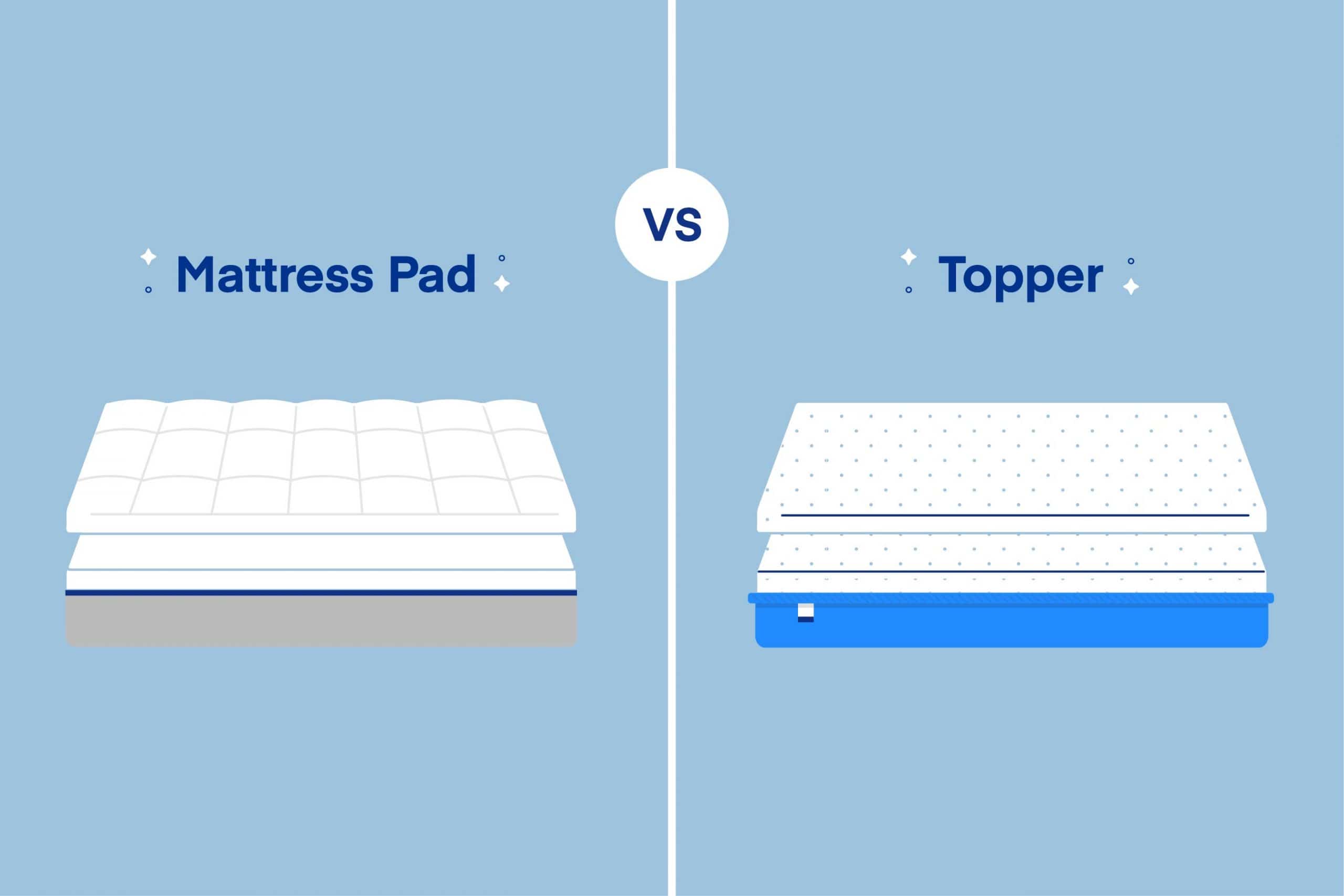 Mattress pads are an essential bedding accessory that is often overlooked but plays a crucial role in creating a comfortable and inviting bedroom. They are thin layers of cushioning material that are placed on top of a mattress to provide an extra layer of support and protection. They come in various materials such as cotton, wool, or memory foam and can be fitted or placed over the mattress like a sheet.
Mattress pads are an essential bedding accessory that is often overlooked but plays a crucial role in creating a comfortable and inviting bedroom. They are thin layers of cushioning material that are placed on top of a mattress to provide an extra layer of support and protection. They come in various materials such as cotton, wool, or memory foam and can be fitted or placed over the mattress like a sheet.
The Difference Between Mattress Pads
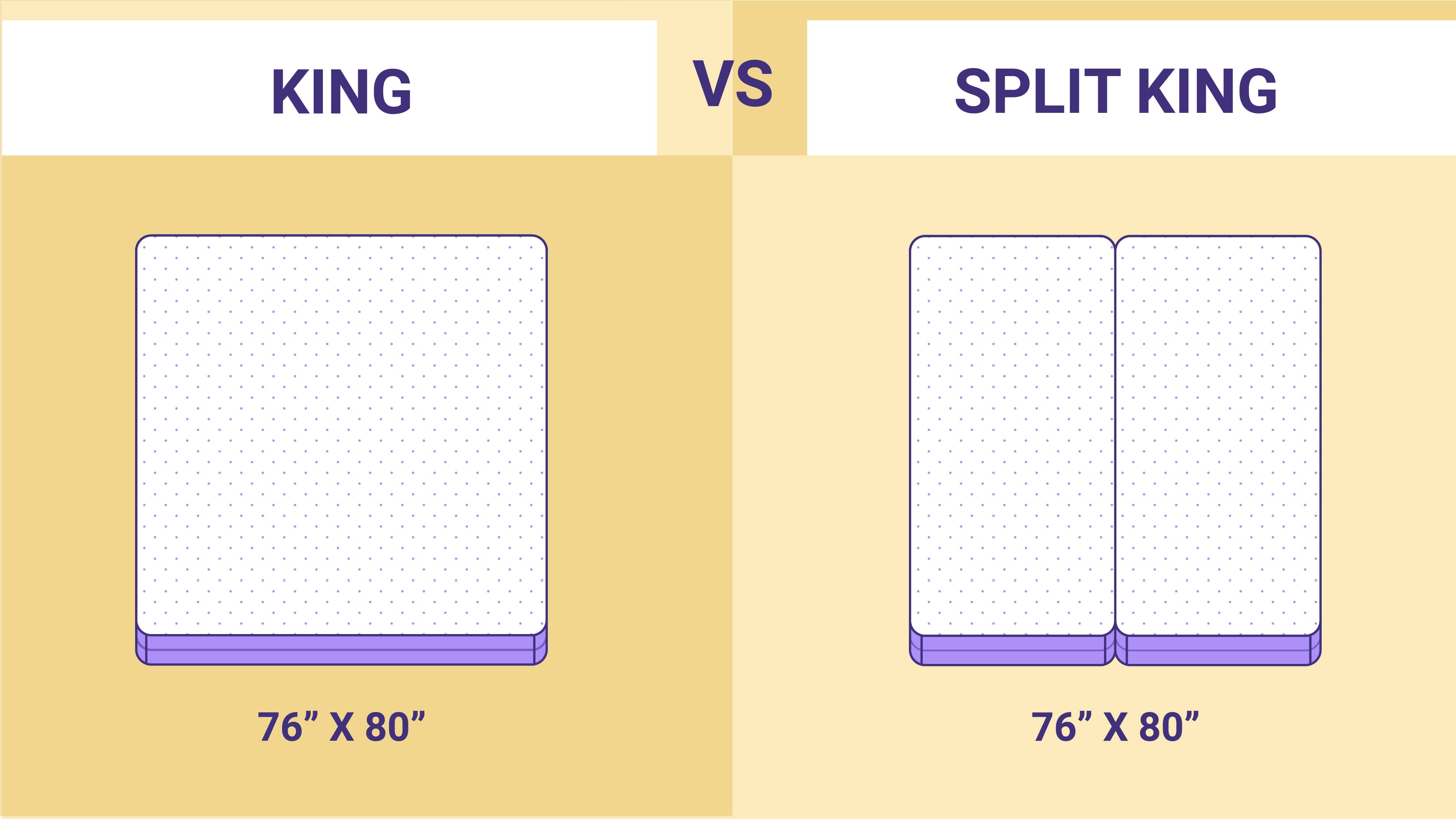 While all mattress pads serve the same purpose of adding comfort and protection to your mattress, they can differ in terms of materials, thickness, and features. Cotton mattress pads are the most common and affordable option, providing a soft and breathable layer. Wool mattress pads offer natural temperature regulation and are hypoallergenic, making them suitable for those with allergies. Memory foam mattress pads are known for their contouring support and pressure relief, making them ideal for people with back or joint pain.
While all mattress pads serve the same purpose of adding comfort and protection to your mattress, they can differ in terms of materials, thickness, and features. Cotton mattress pads are the most common and affordable option, providing a soft and breathable layer. Wool mattress pads offer natural temperature regulation and are hypoallergenic, making them suitable for those with allergies. Memory foam mattress pads are known for their contouring support and pressure relief, making them ideal for people with back or joint pain.
Enhancing Bedroom Design with Mattress Pads
 Besides their practical benefits, mattress pads can also greatly enhance the overall design of a bedroom. They come in various colors, patterns, and textures, allowing you to add a pop of color or incorporate a specific design element to your bedding. For a luxurious and elegant look, silk or satin mattress pads can be used. For a cozier and more rustic feel, a wool or quilted cotton pad can be added. The possibilities are endless, and with the right mattress pad, you can transform the look and feel of your bedroom.
Besides their practical benefits, mattress pads can also greatly enhance the overall design of a bedroom. They come in various colors, patterns, and textures, allowing you to add a pop of color or incorporate a specific design element to your bedding. For a luxurious and elegant look, silk or satin mattress pads can be used. For a cozier and more rustic feel, a wool or quilted cotton pad can be added. The possibilities are endless, and with the right mattress pad, you can transform the look and feel of your bedroom.
The Versatility of Mattress Pads
 Another advantage of mattress pads is their versatility in terms of use. They can be used not only on mattresses but also on sofa beds, futons, and even camping cots. This makes them a versatile and practical investment for any household. Additionally, some mattress pads come with added features such as waterproofing or cooling technology, making them suitable for different needs and preferences.
In conclusion, mattress pads may seem like a small and insignificant addition to your bedroom, but their impact on both comfort and design should not be underestimated. Whether you are looking for extra support, protection, or simply want to enhance the aesthetic of your bedroom, there is a mattress pad out there for you. Consider your needs and preferences, and choose a mattress pad that will not only improve your sleep but also elevate your bedroom design.
Another advantage of mattress pads is their versatility in terms of use. They can be used not only on mattresses but also on sofa beds, futons, and even camping cots. This makes them a versatile and practical investment for any household. Additionally, some mattress pads come with added features such as waterproofing or cooling technology, making them suitable for different needs and preferences.
In conclusion, mattress pads may seem like a small and insignificant addition to your bedroom, but their impact on both comfort and design should not be underestimated. Whether you are looking for extra support, protection, or simply want to enhance the aesthetic of your bedroom, there is a mattress pad out there for you. Consider your needs and preferences, and choose a mattress pad that will not only improve your sleep but also elevate your bedroom design.



